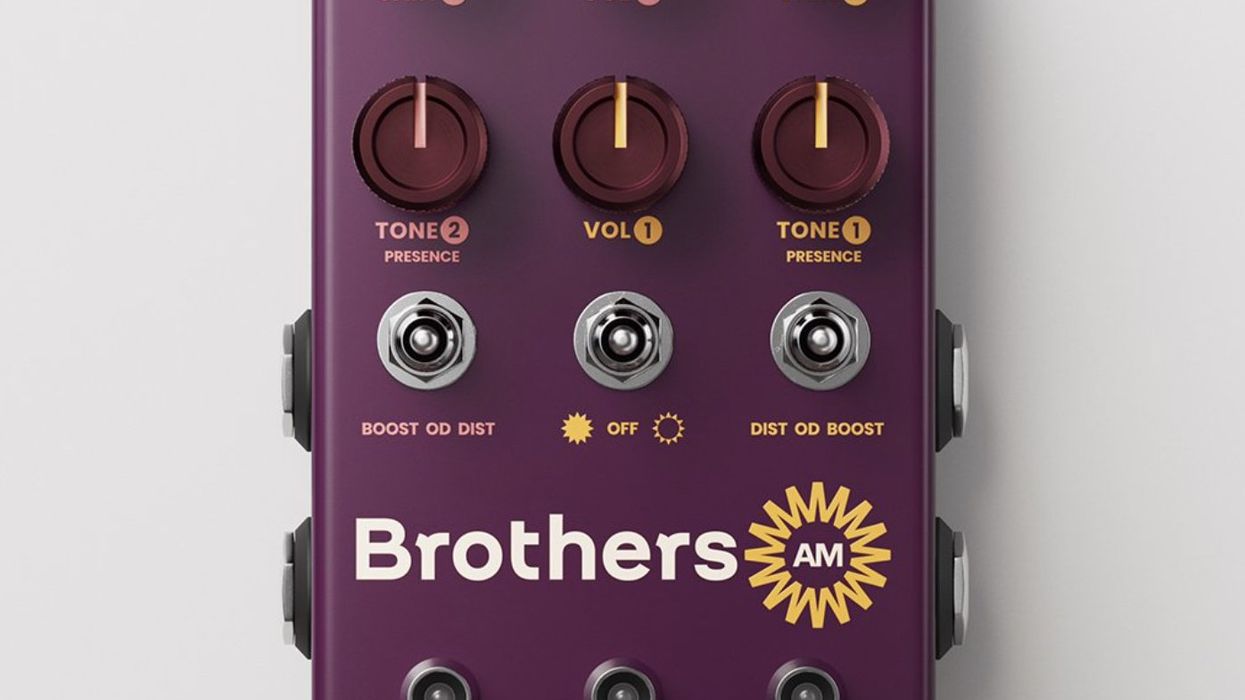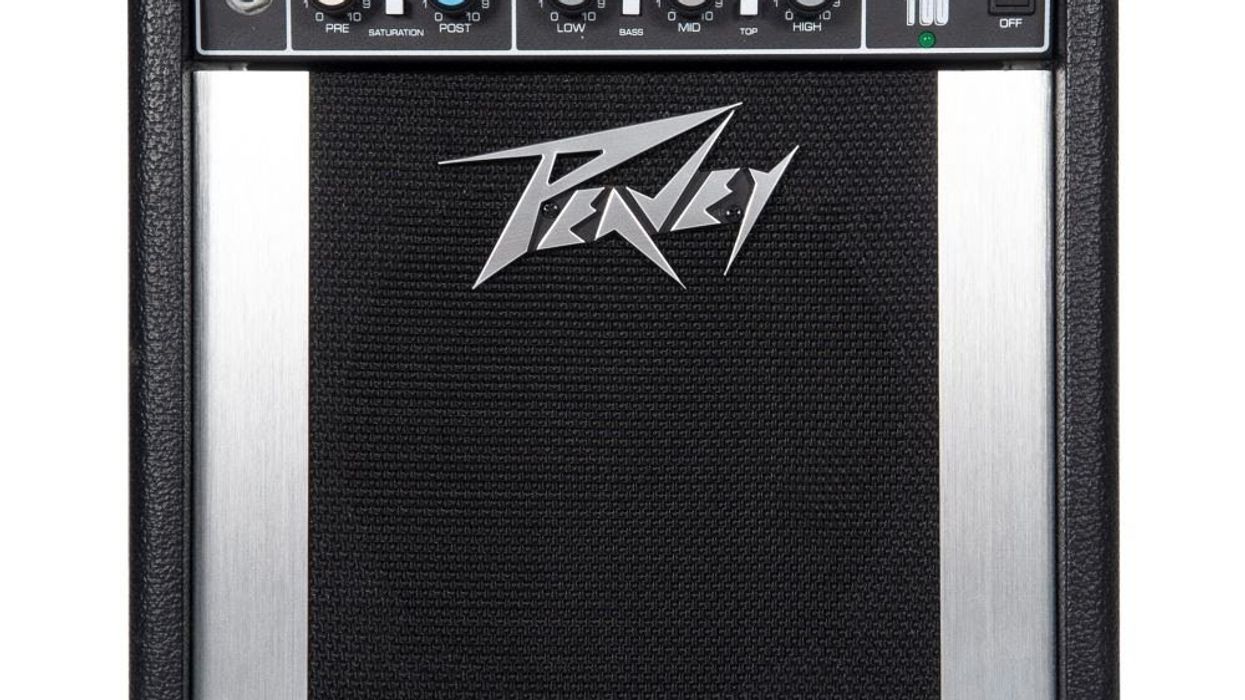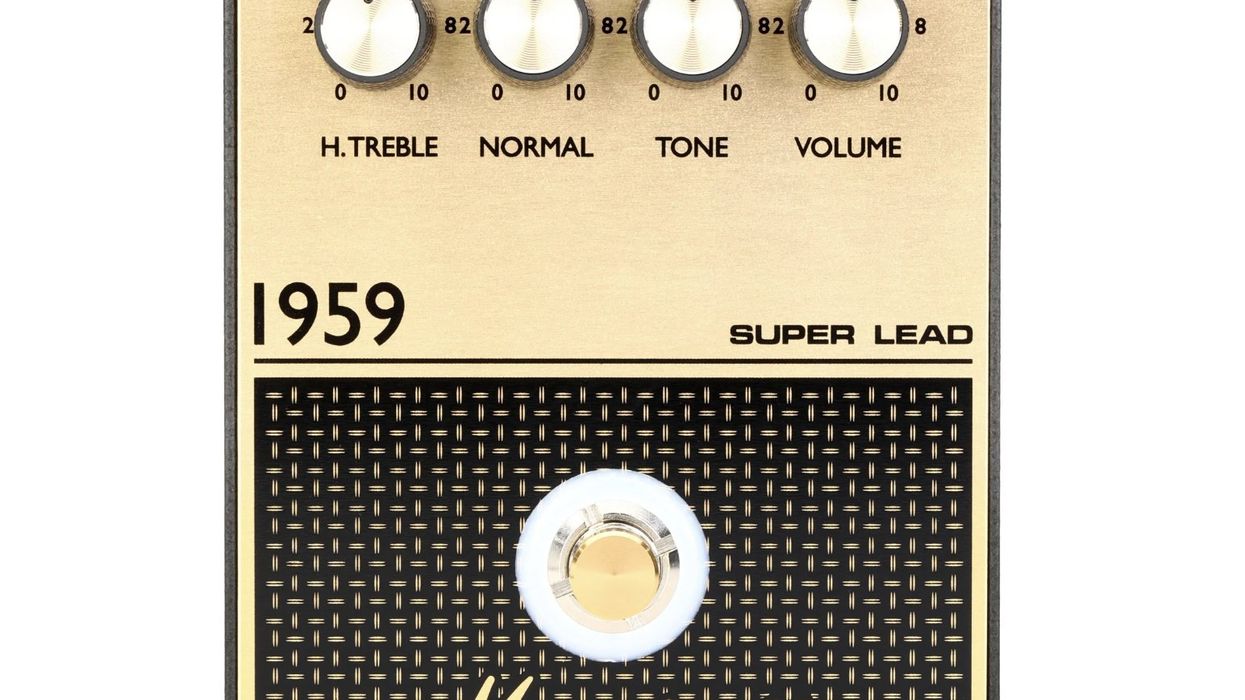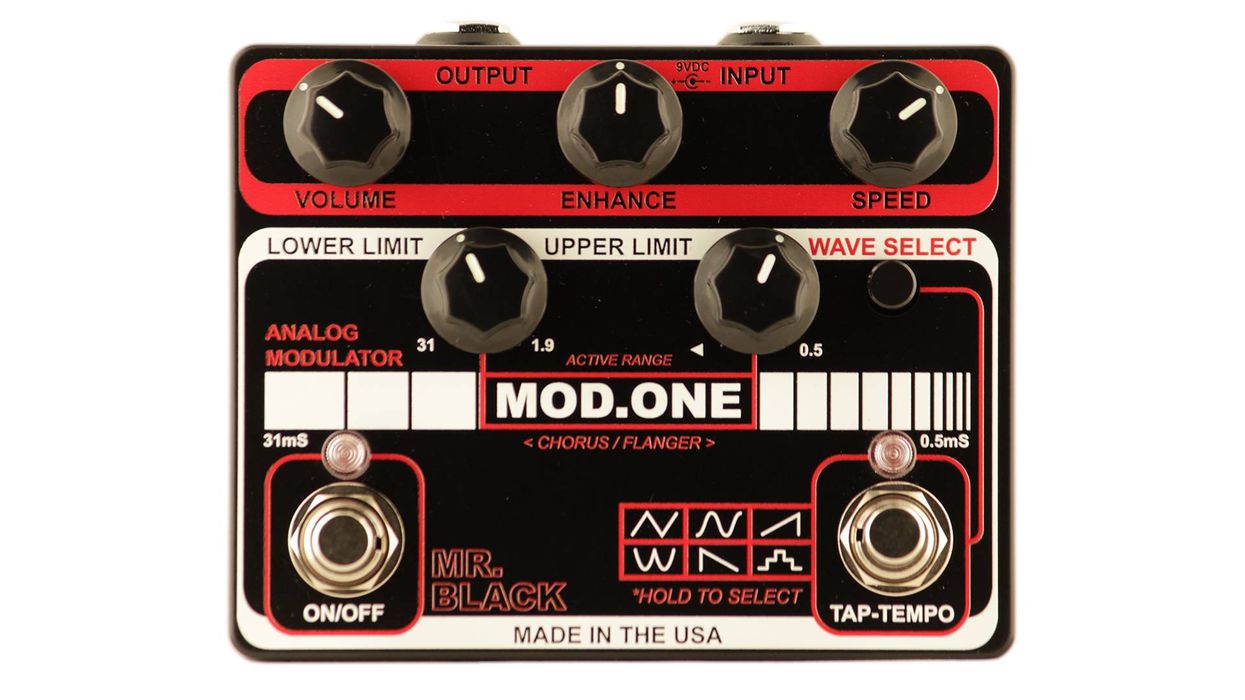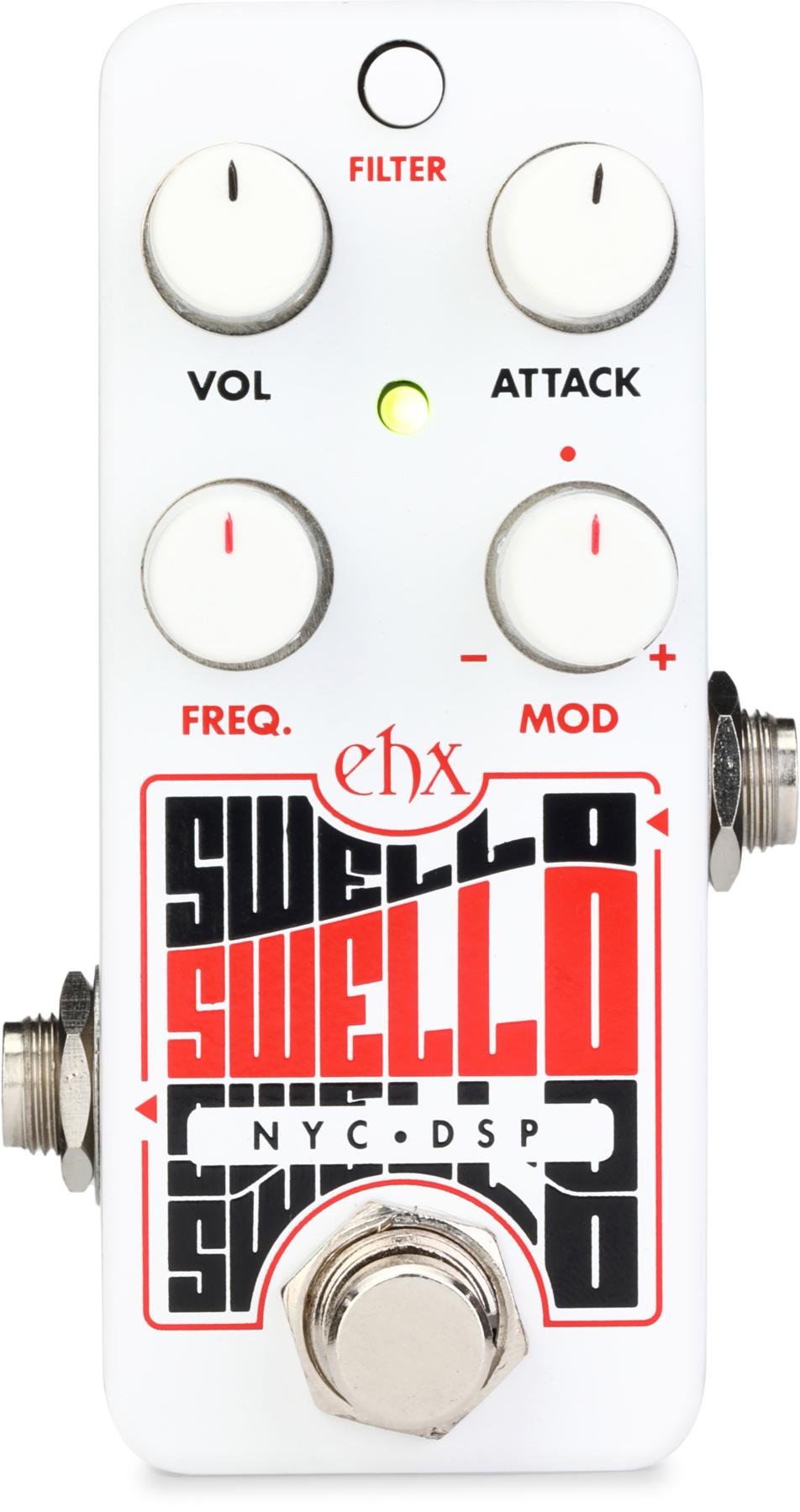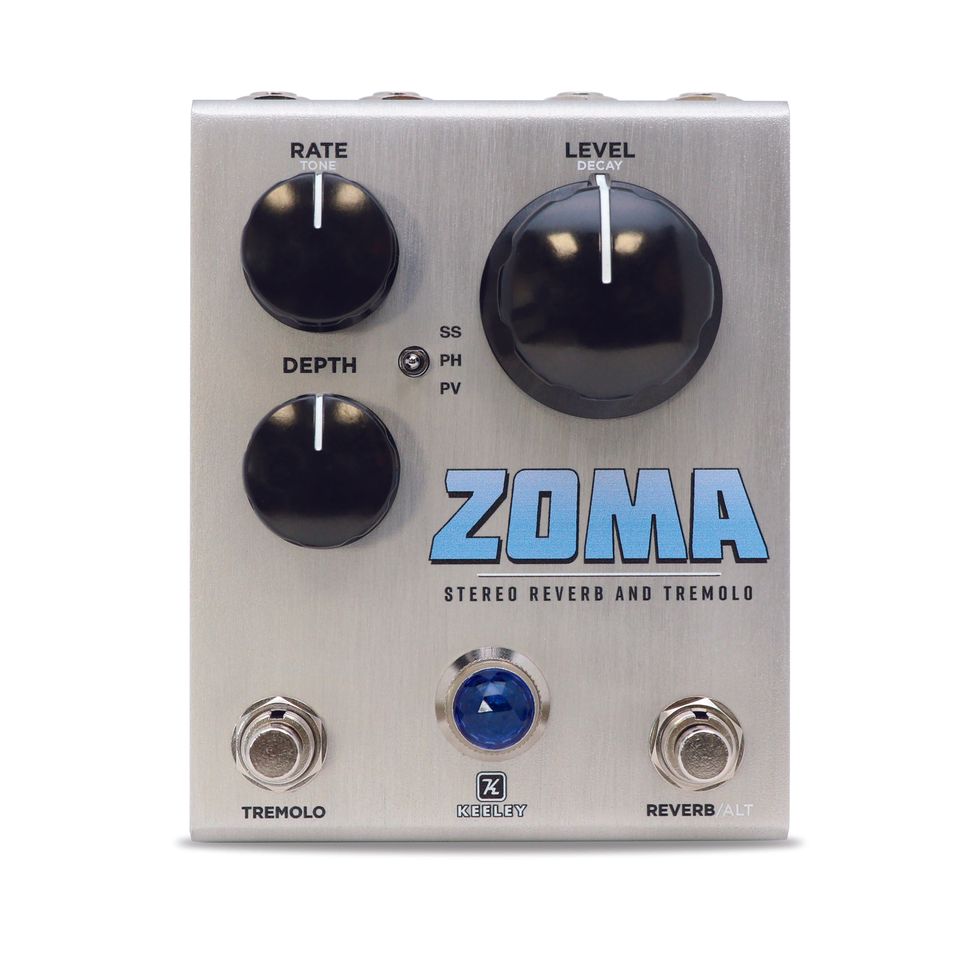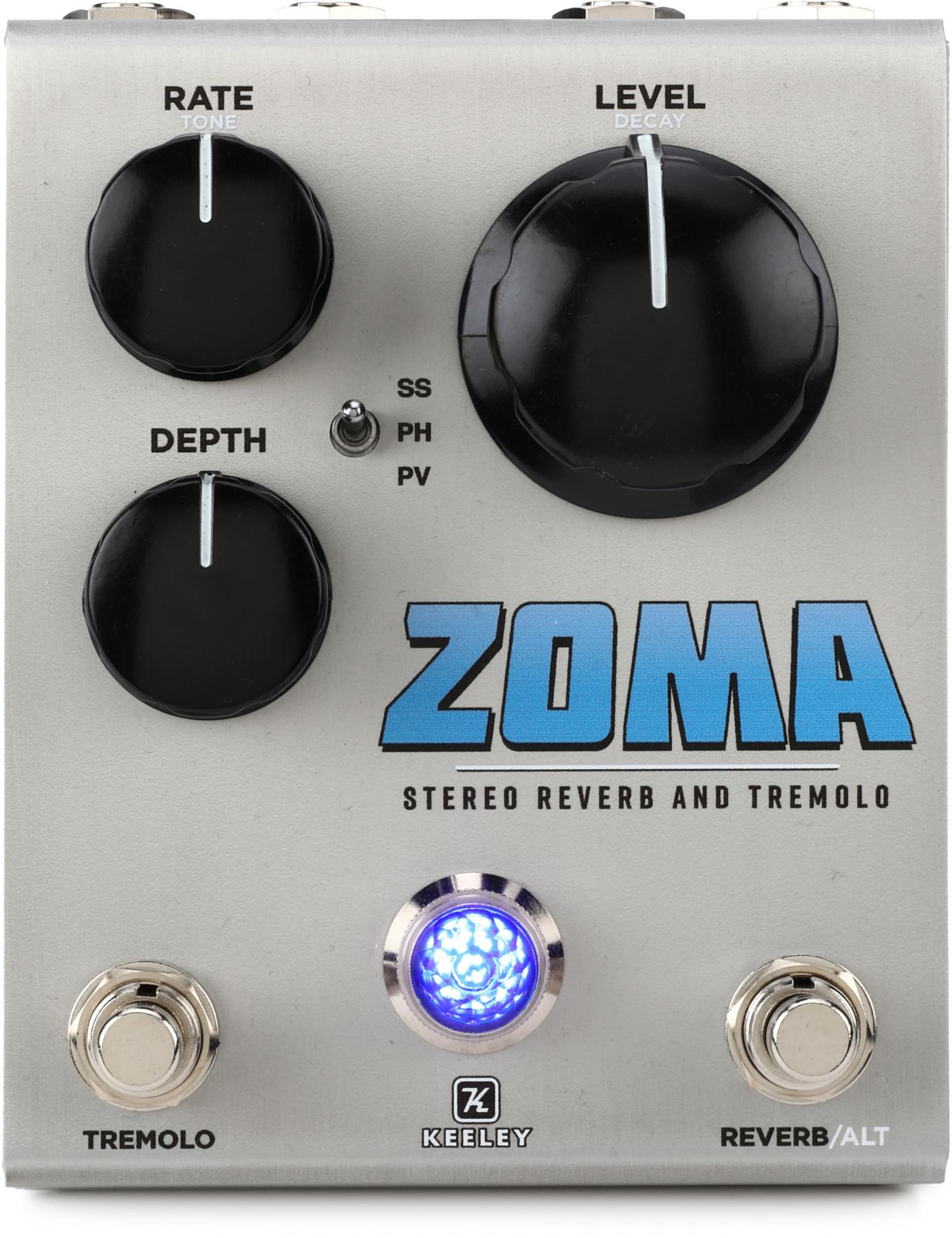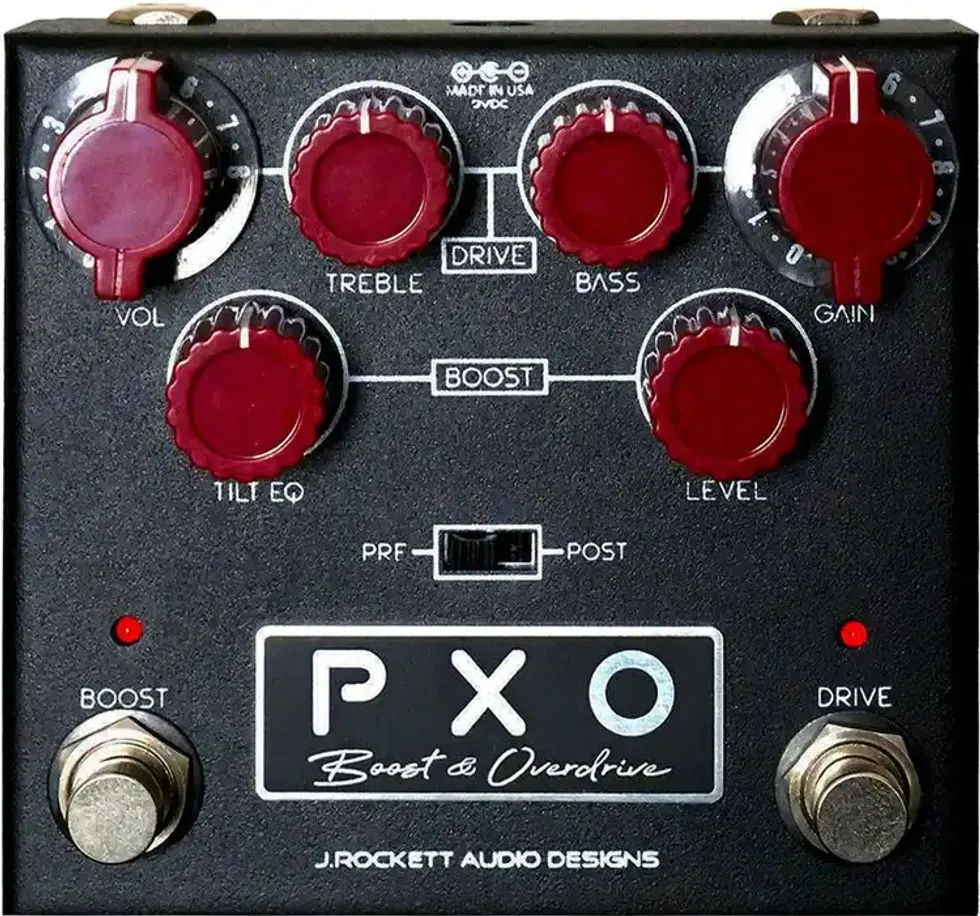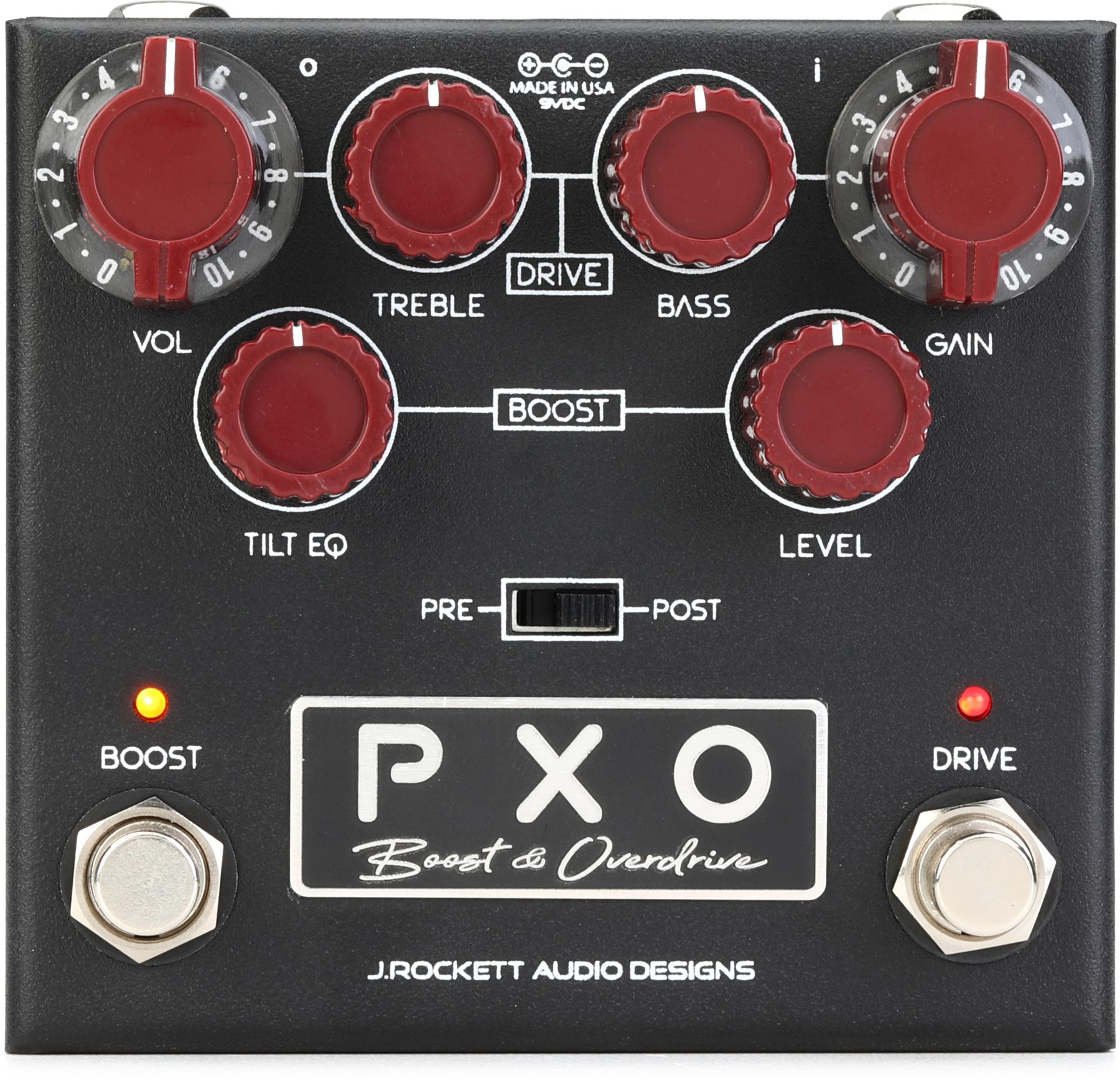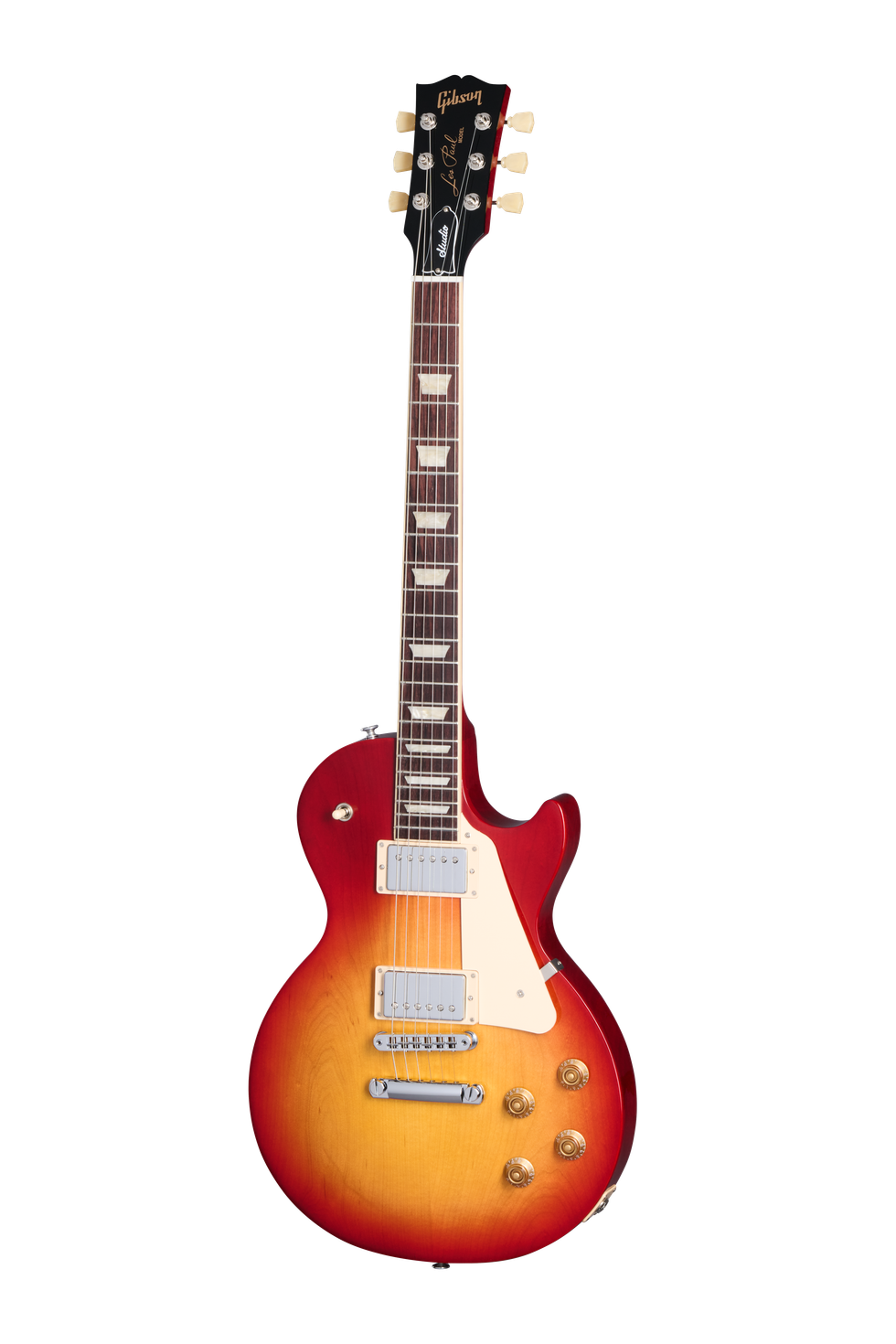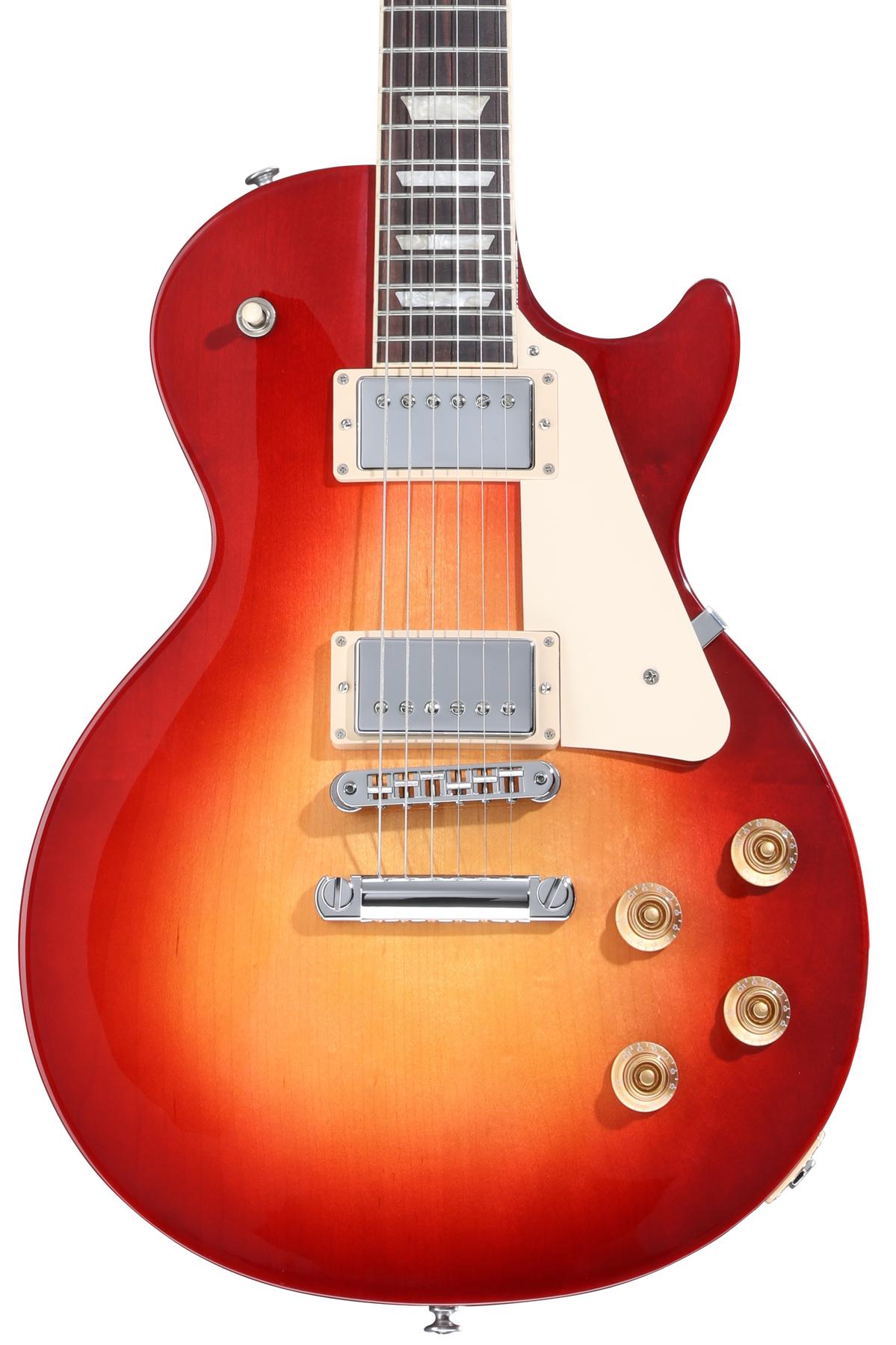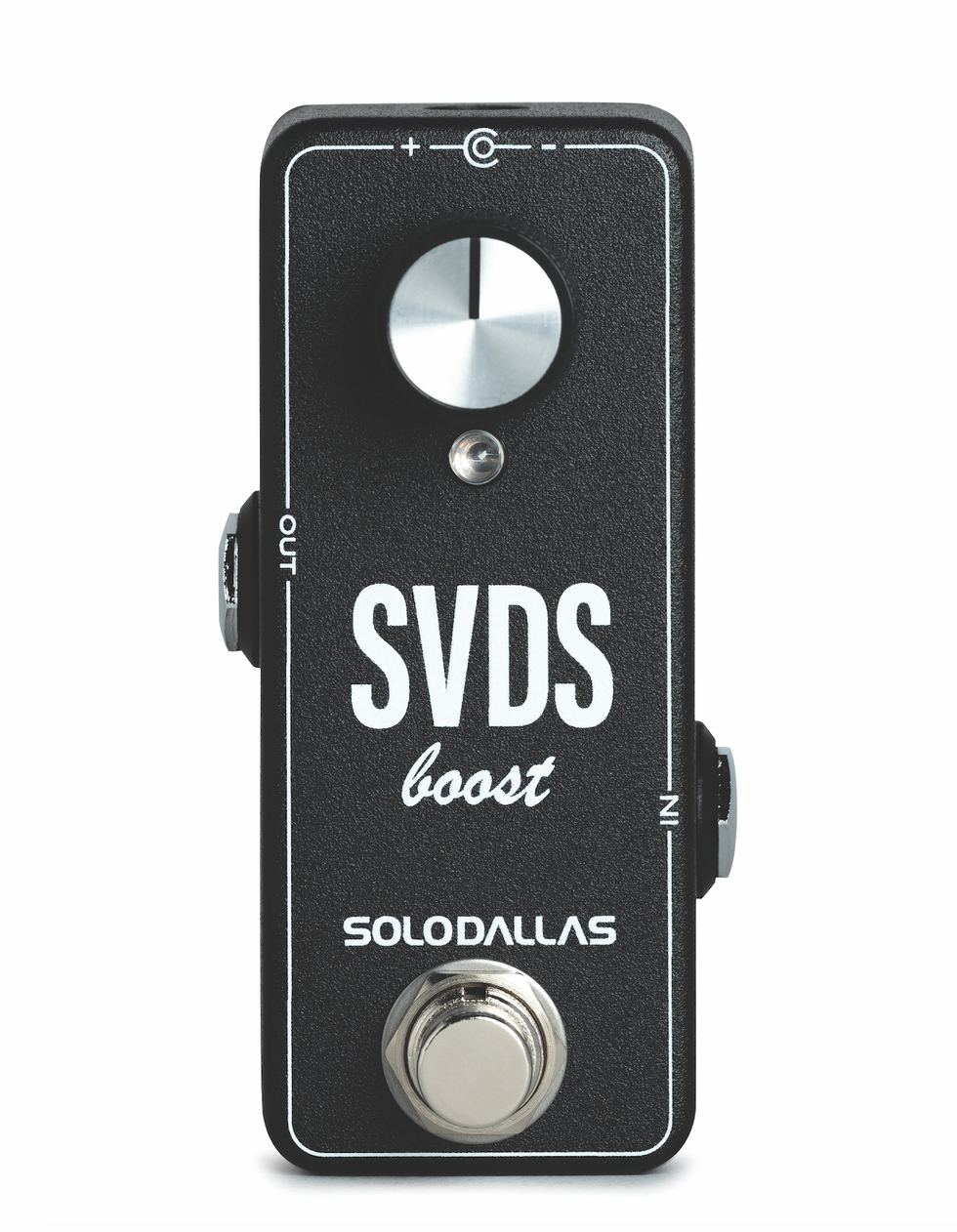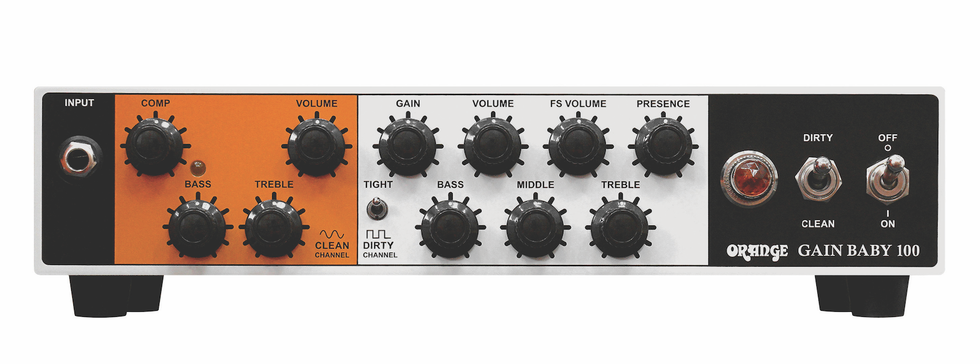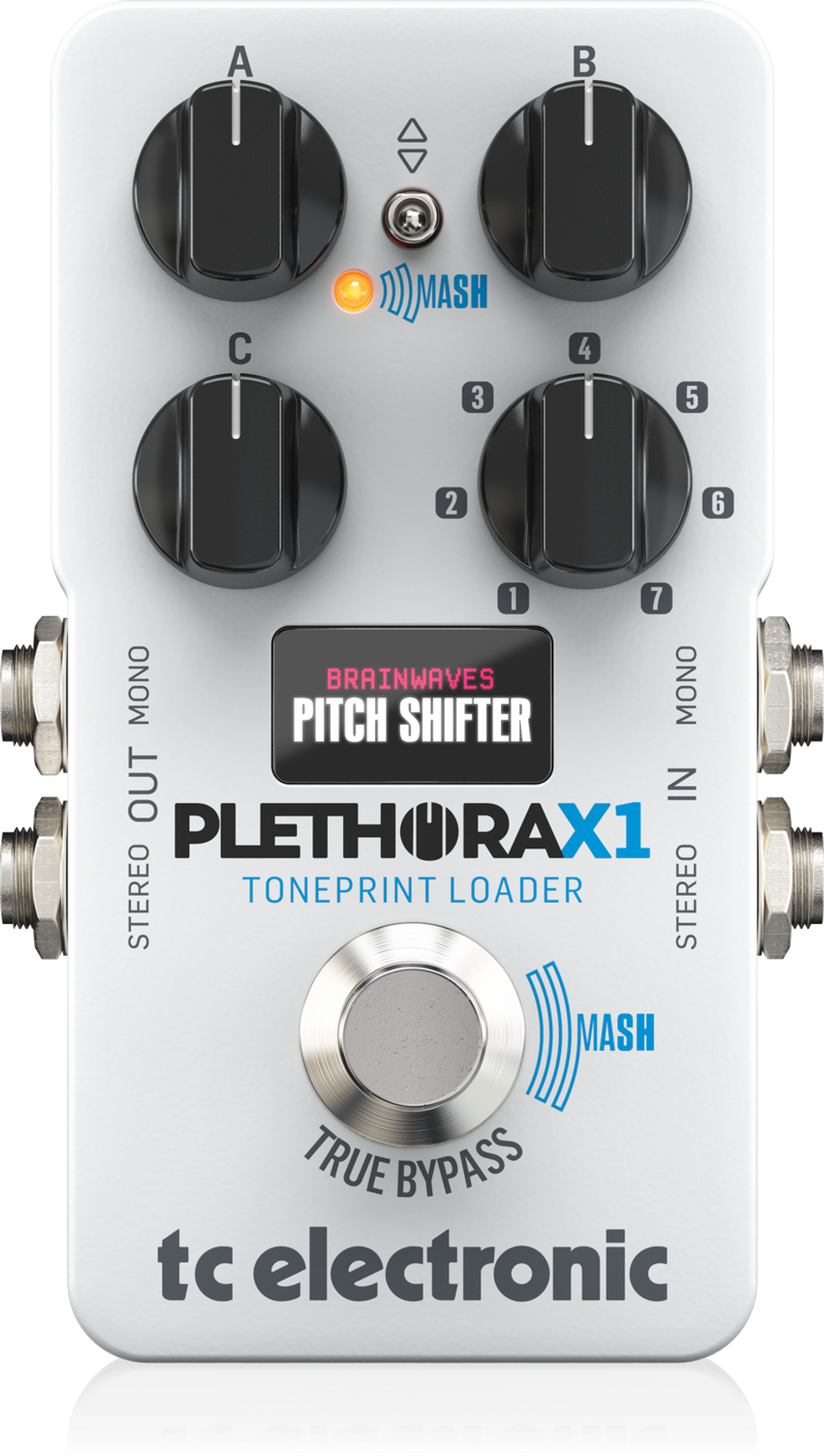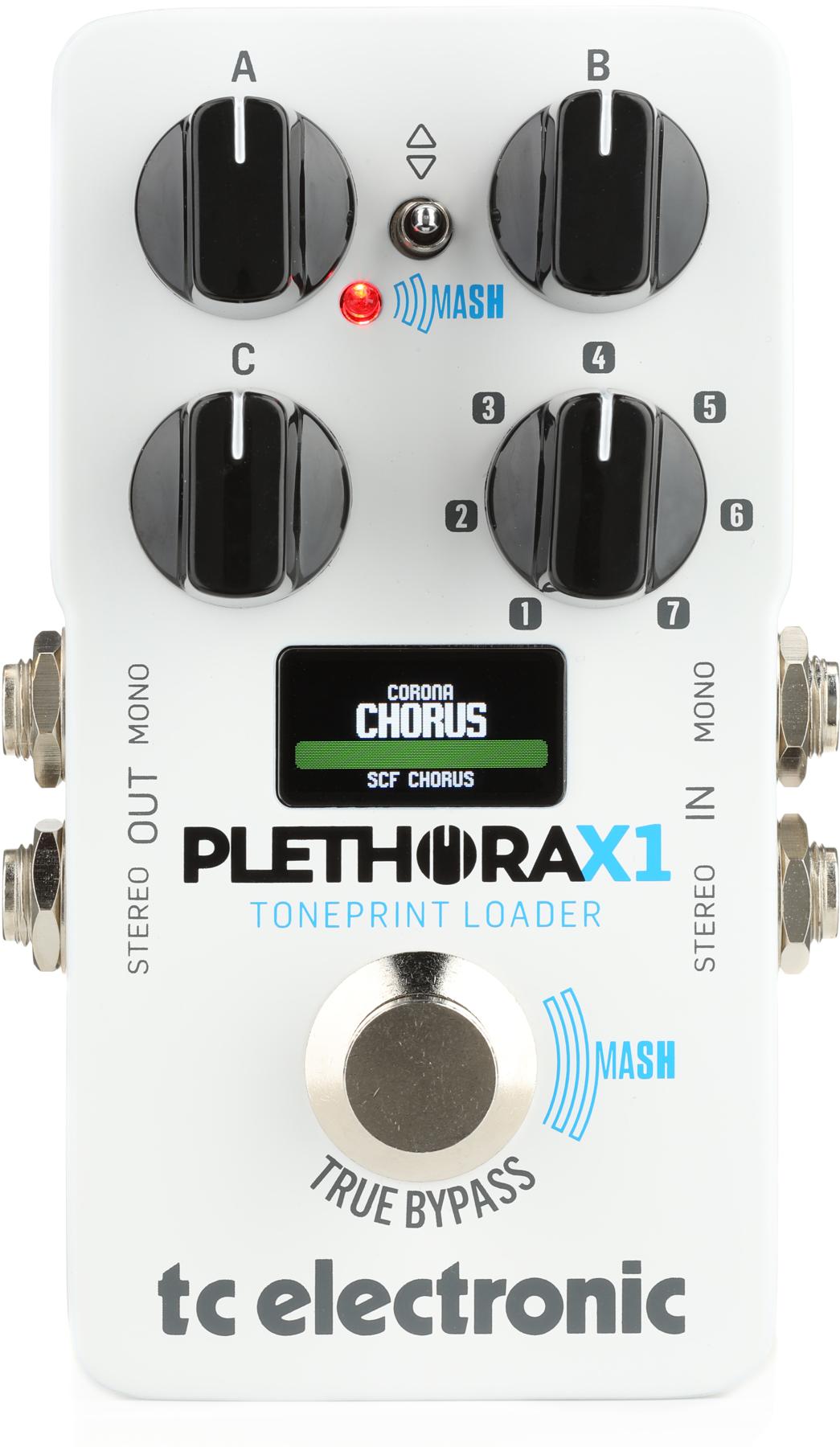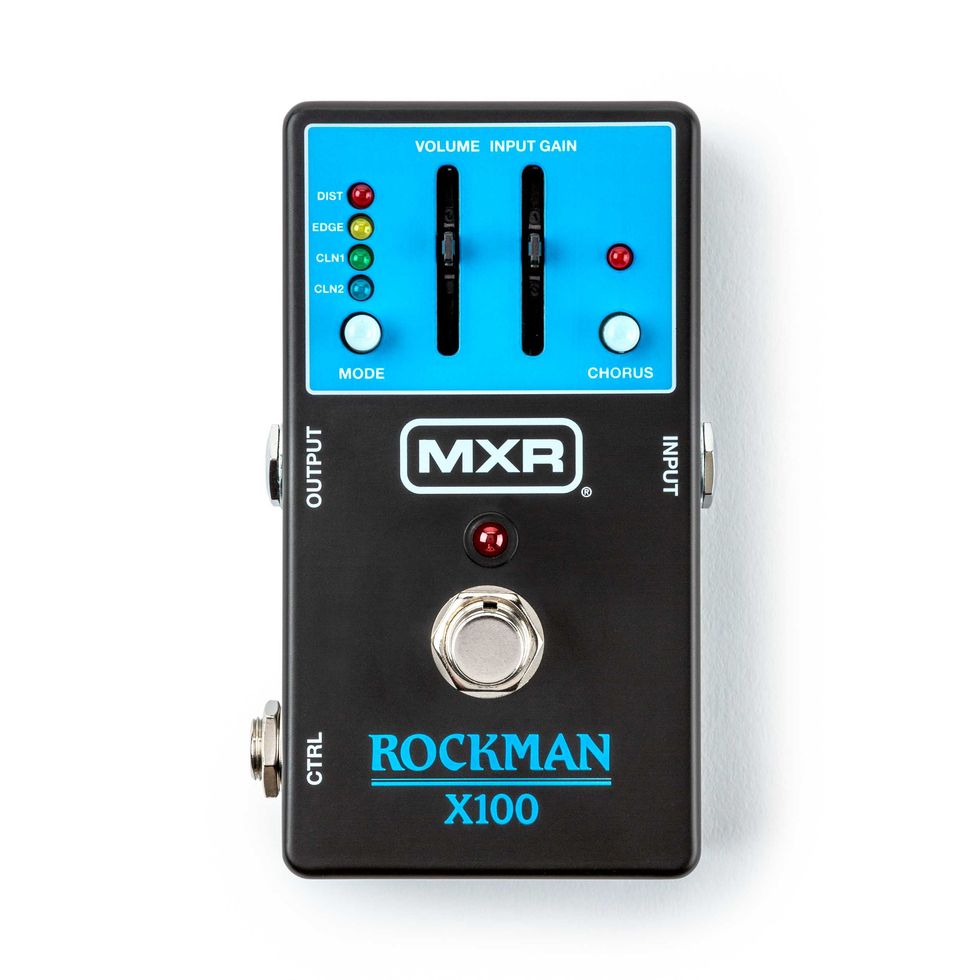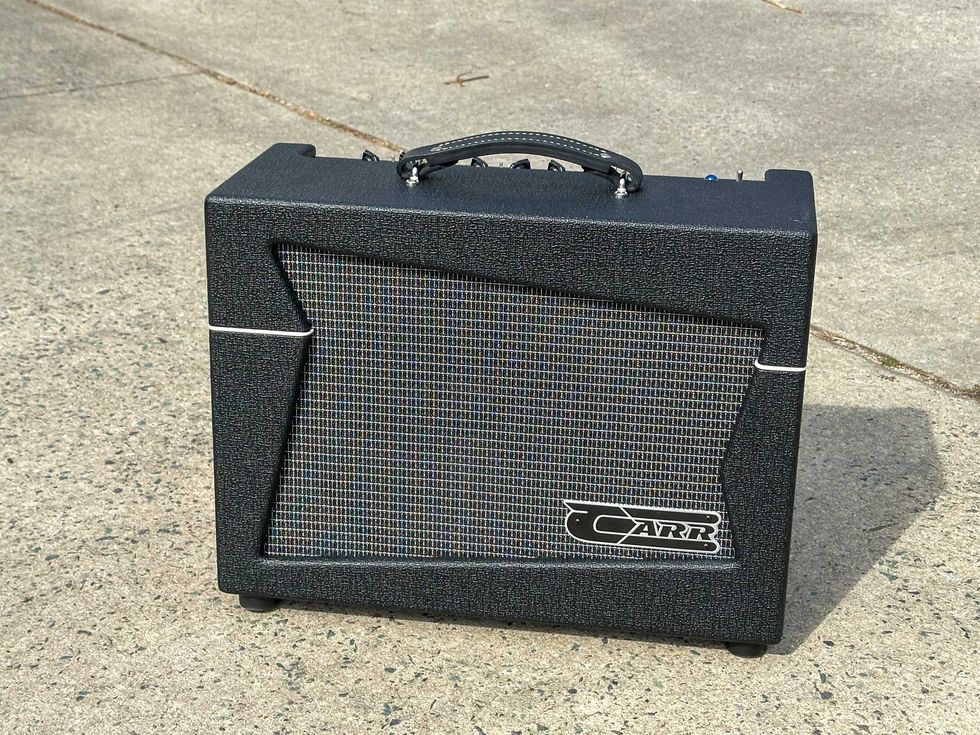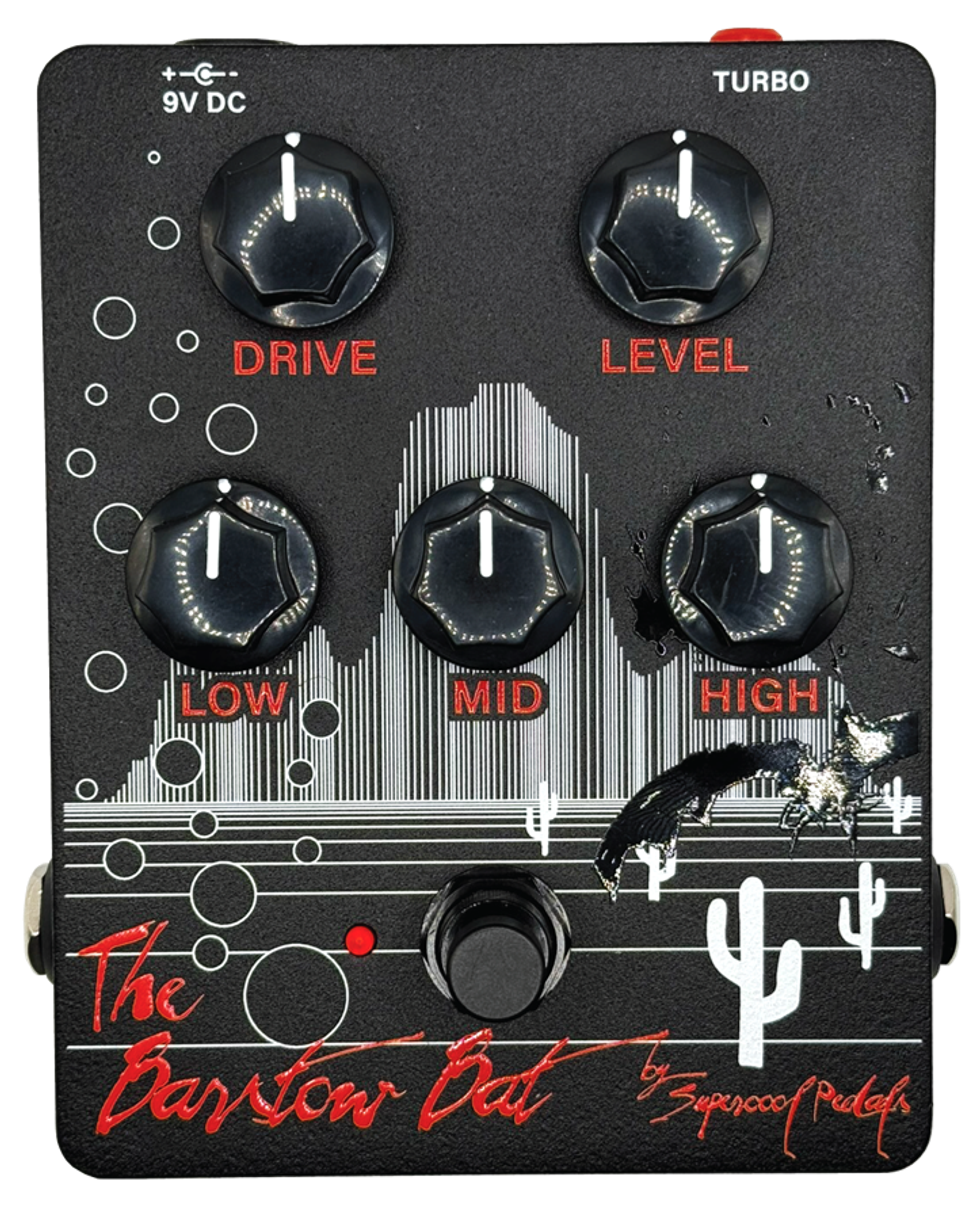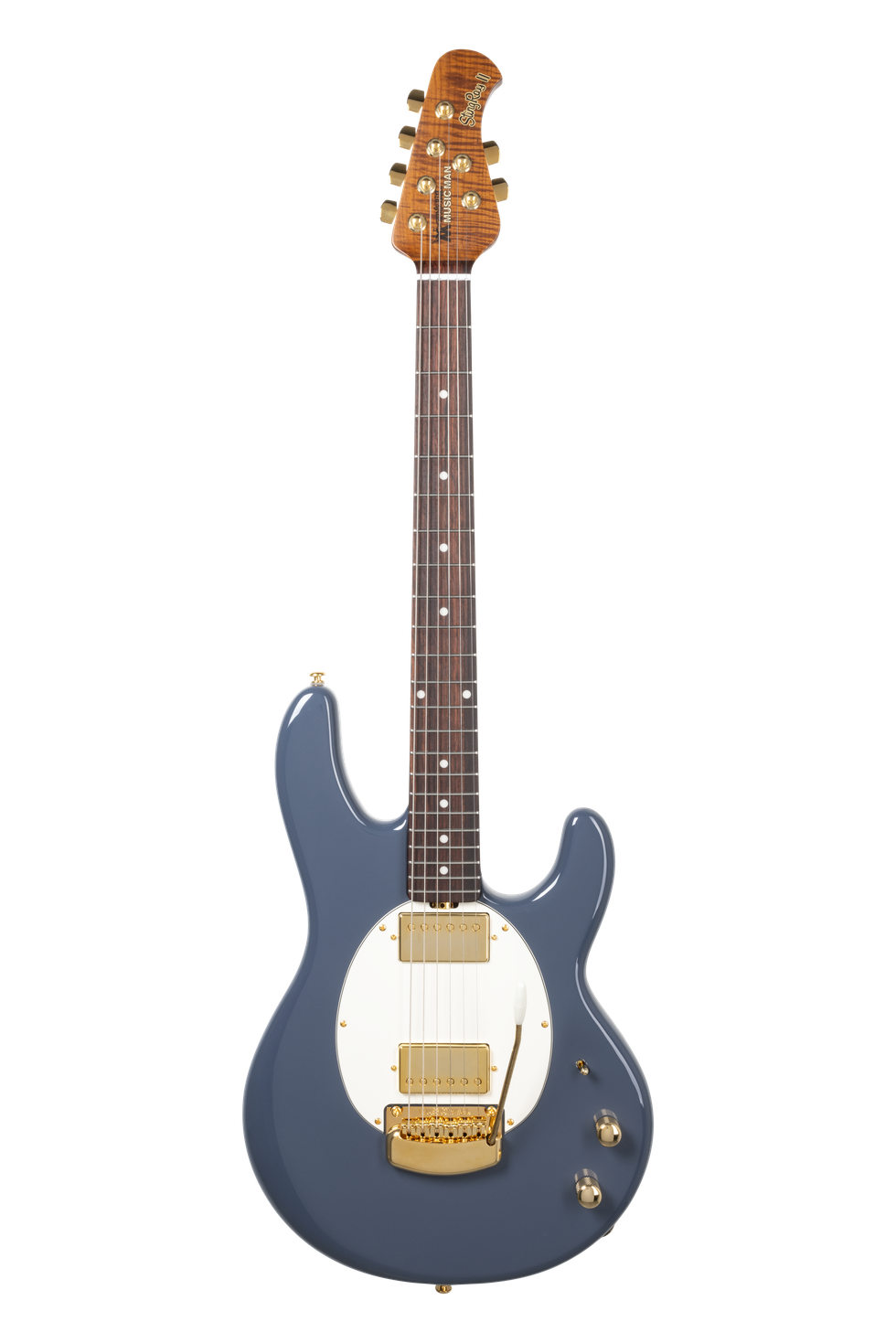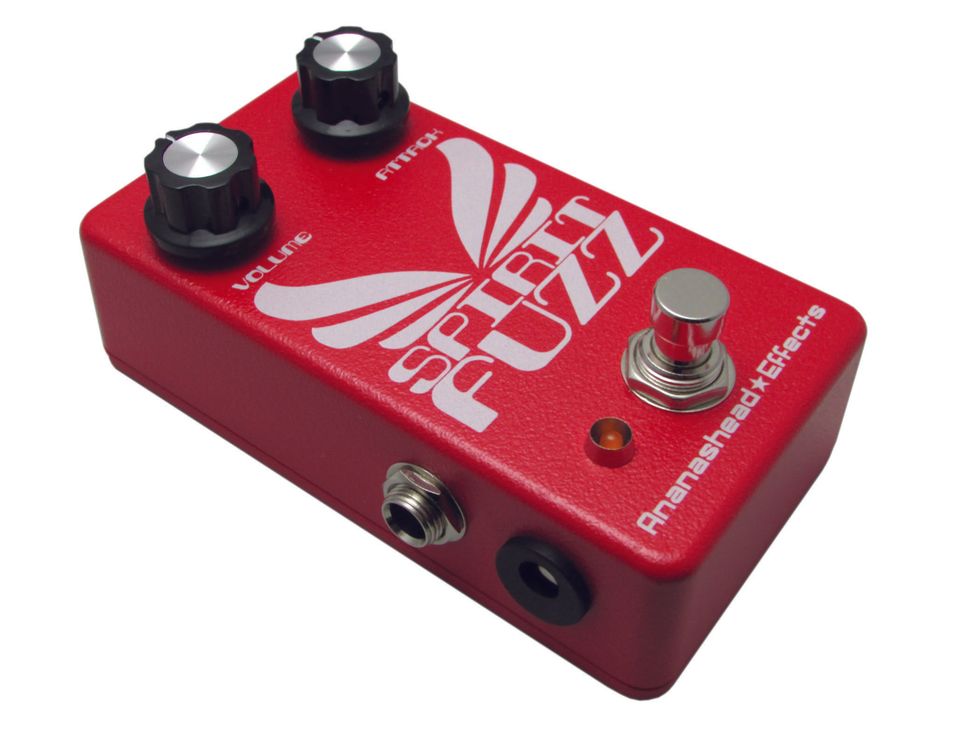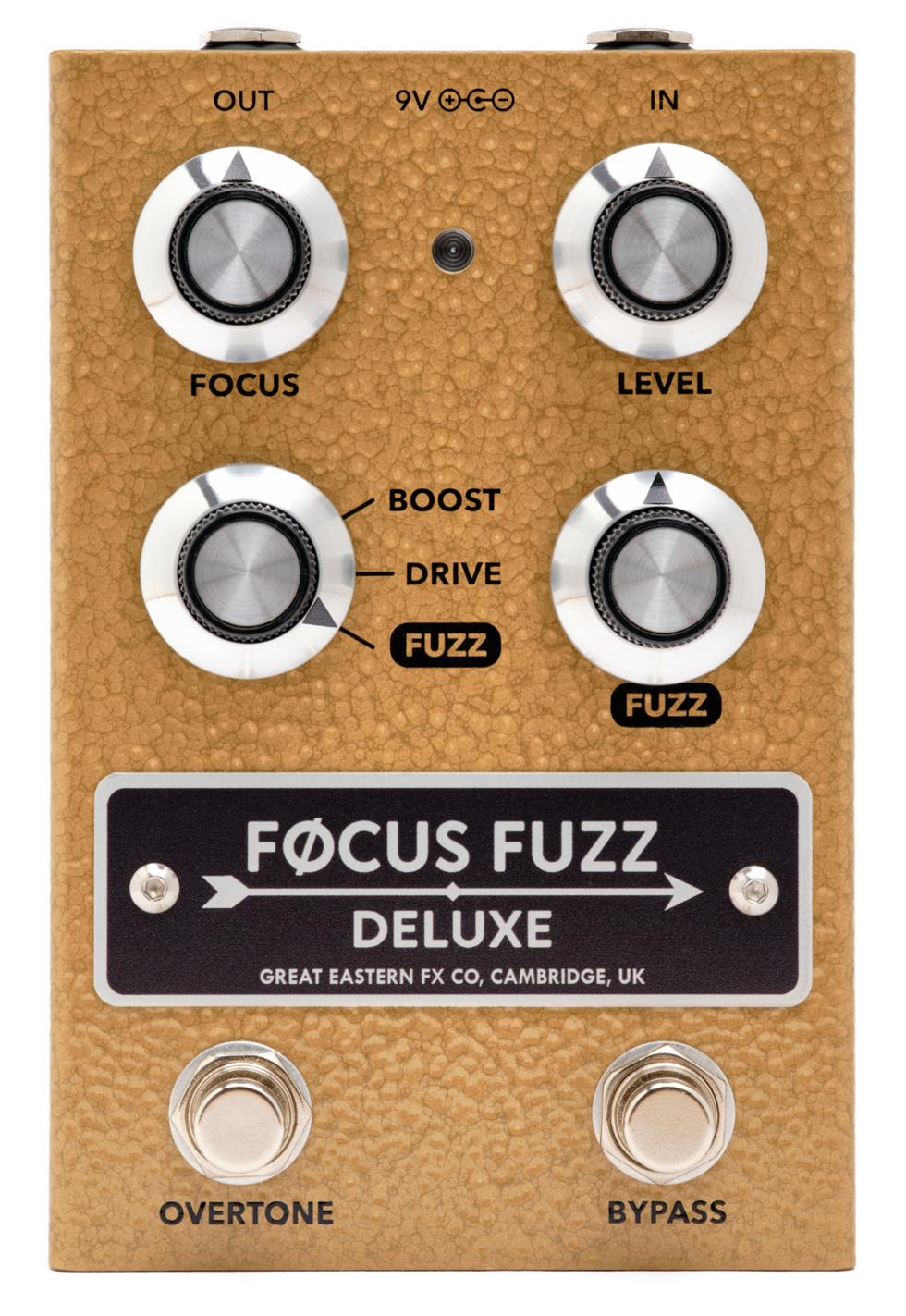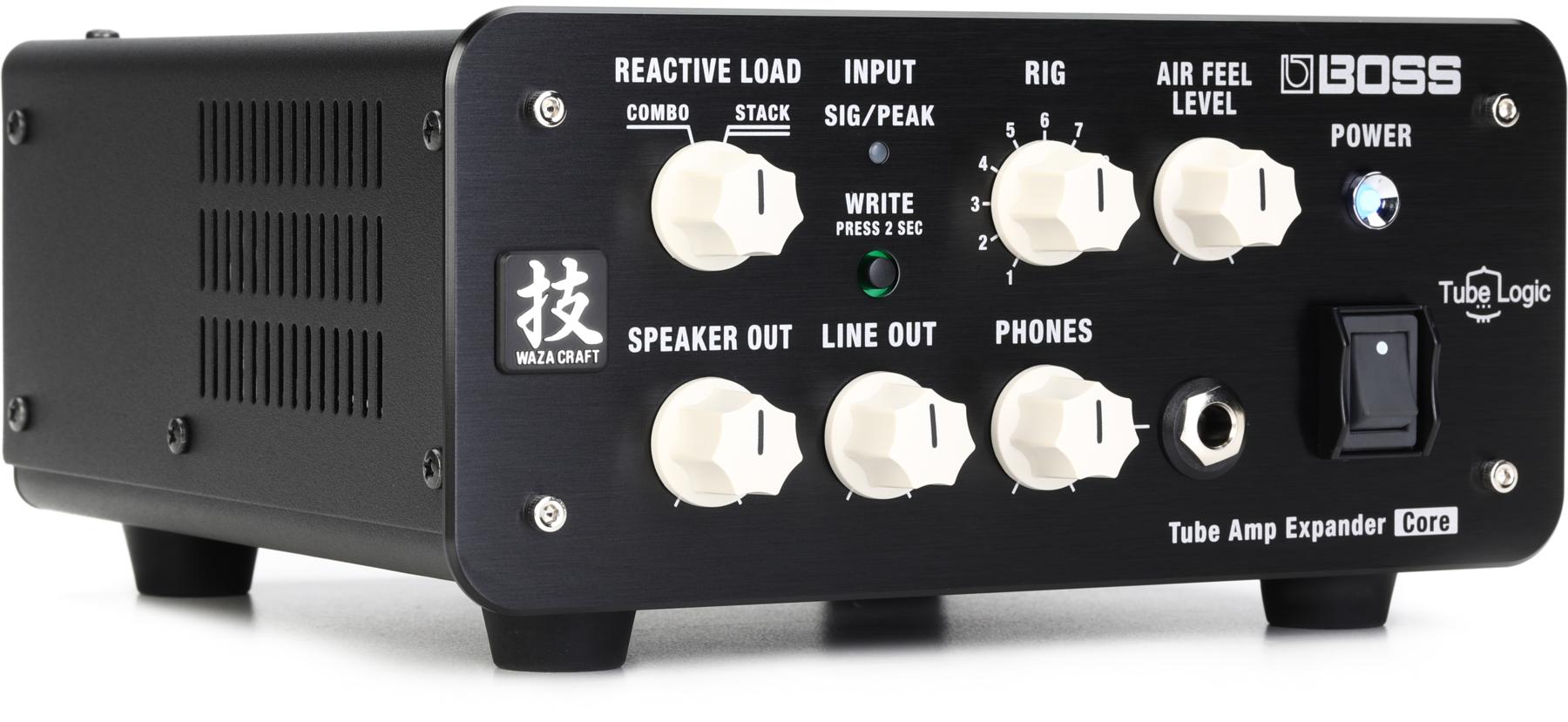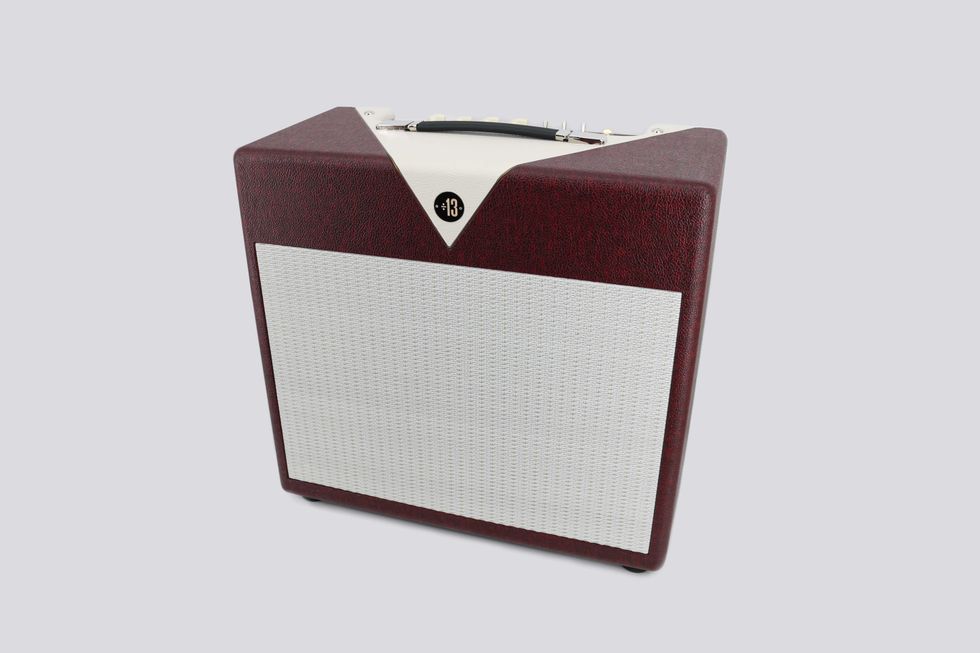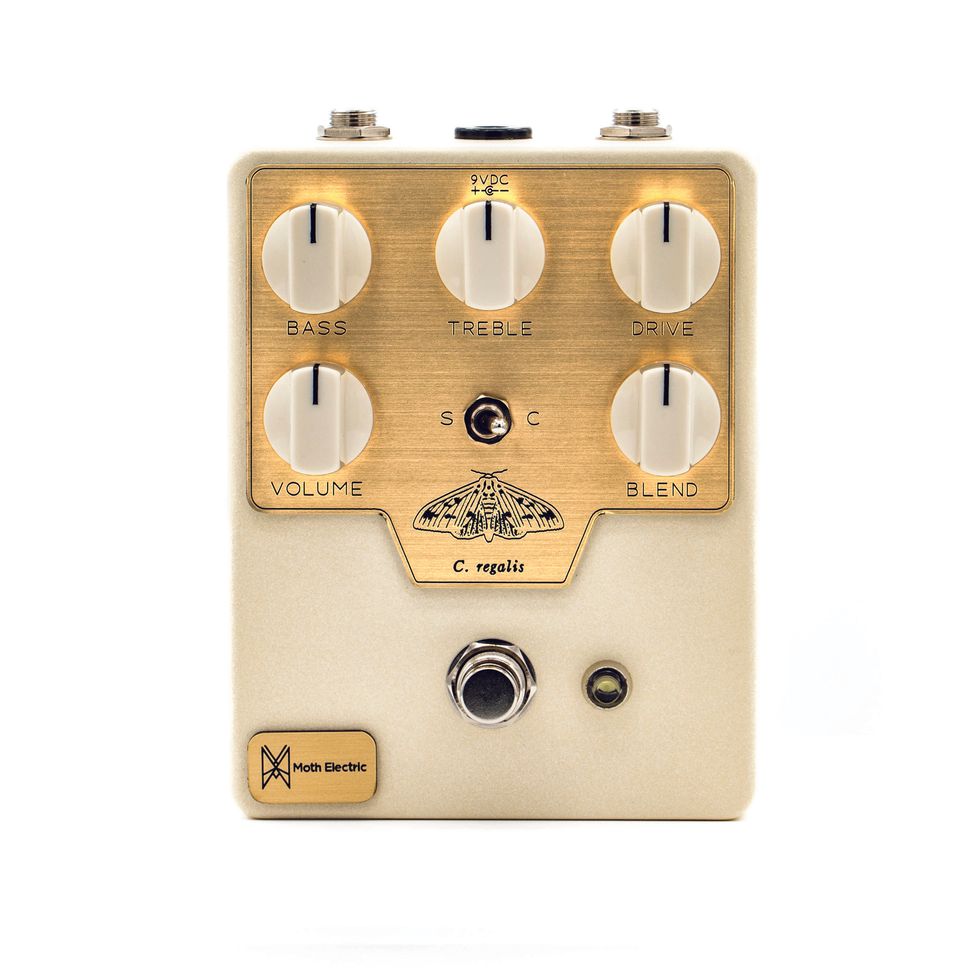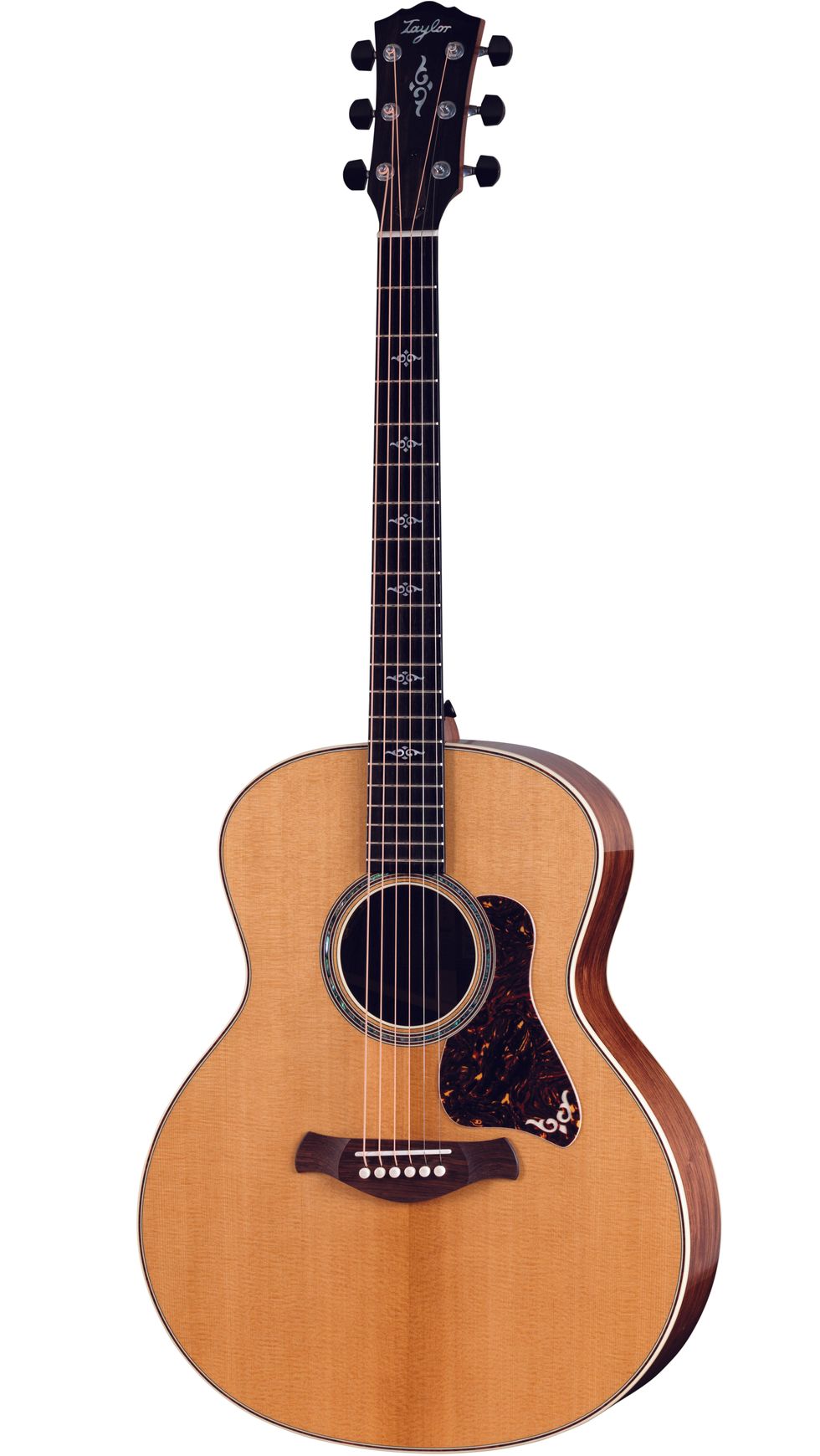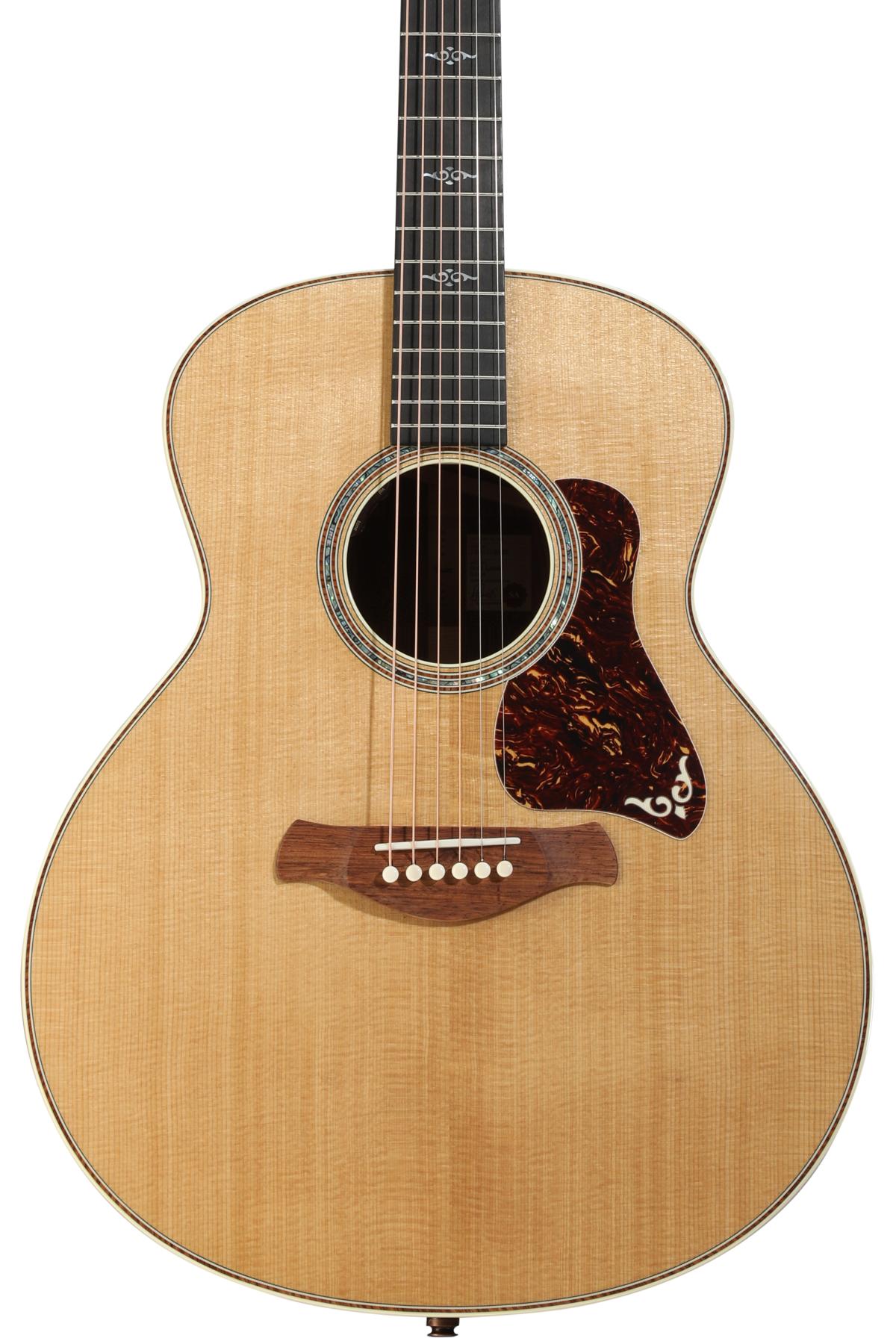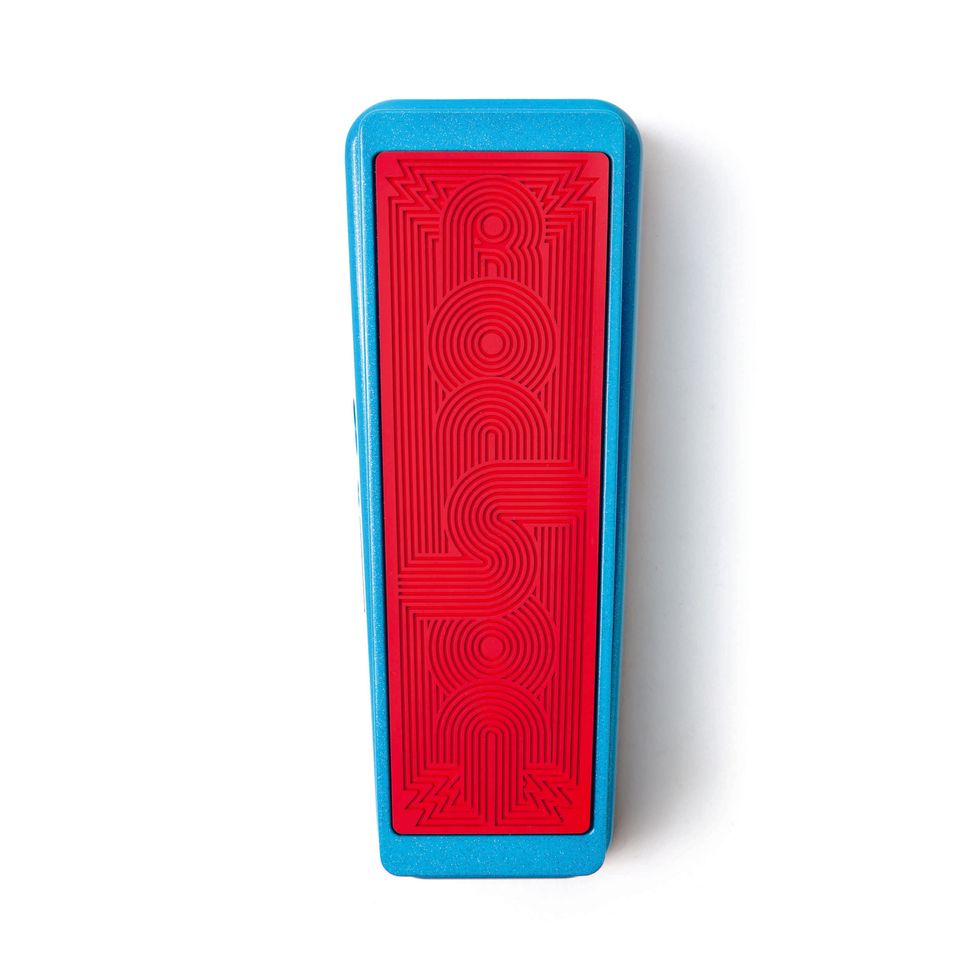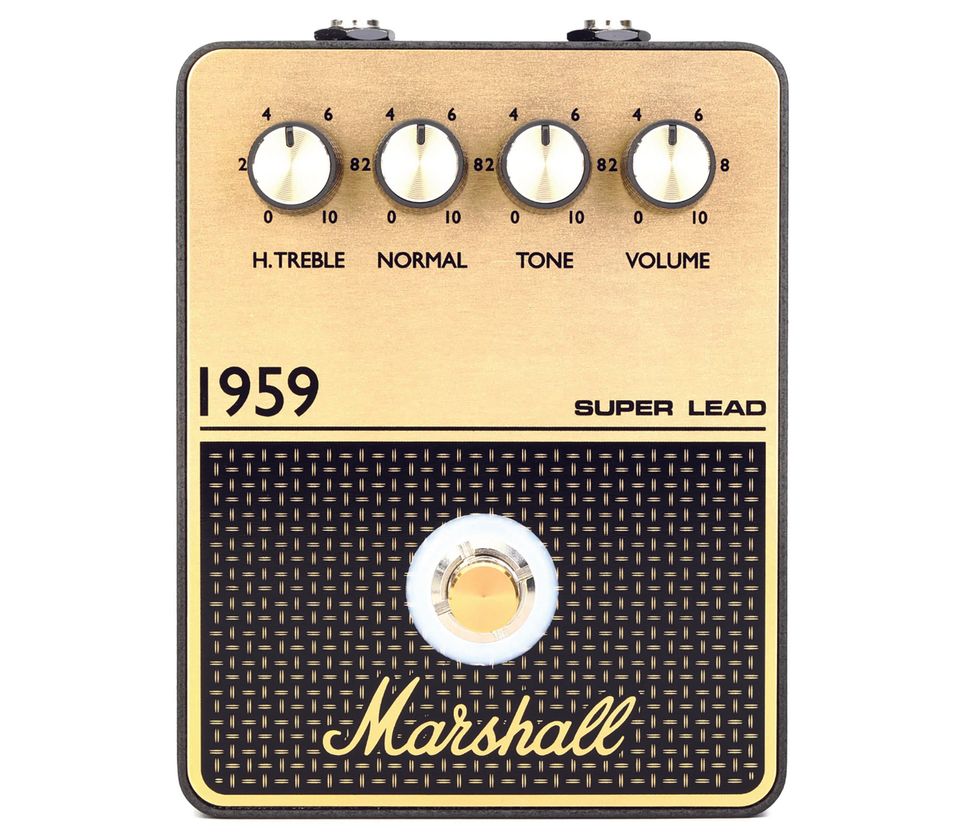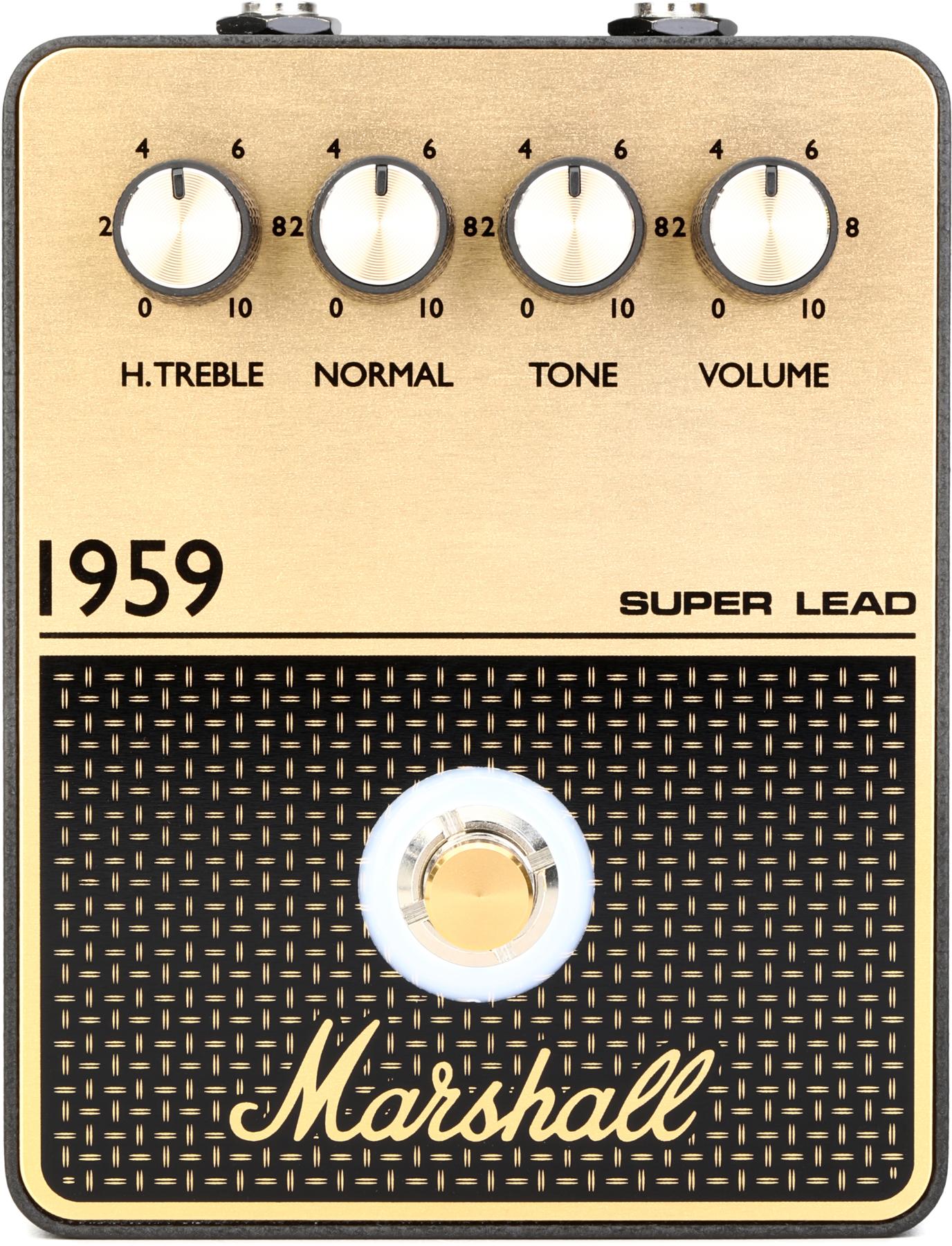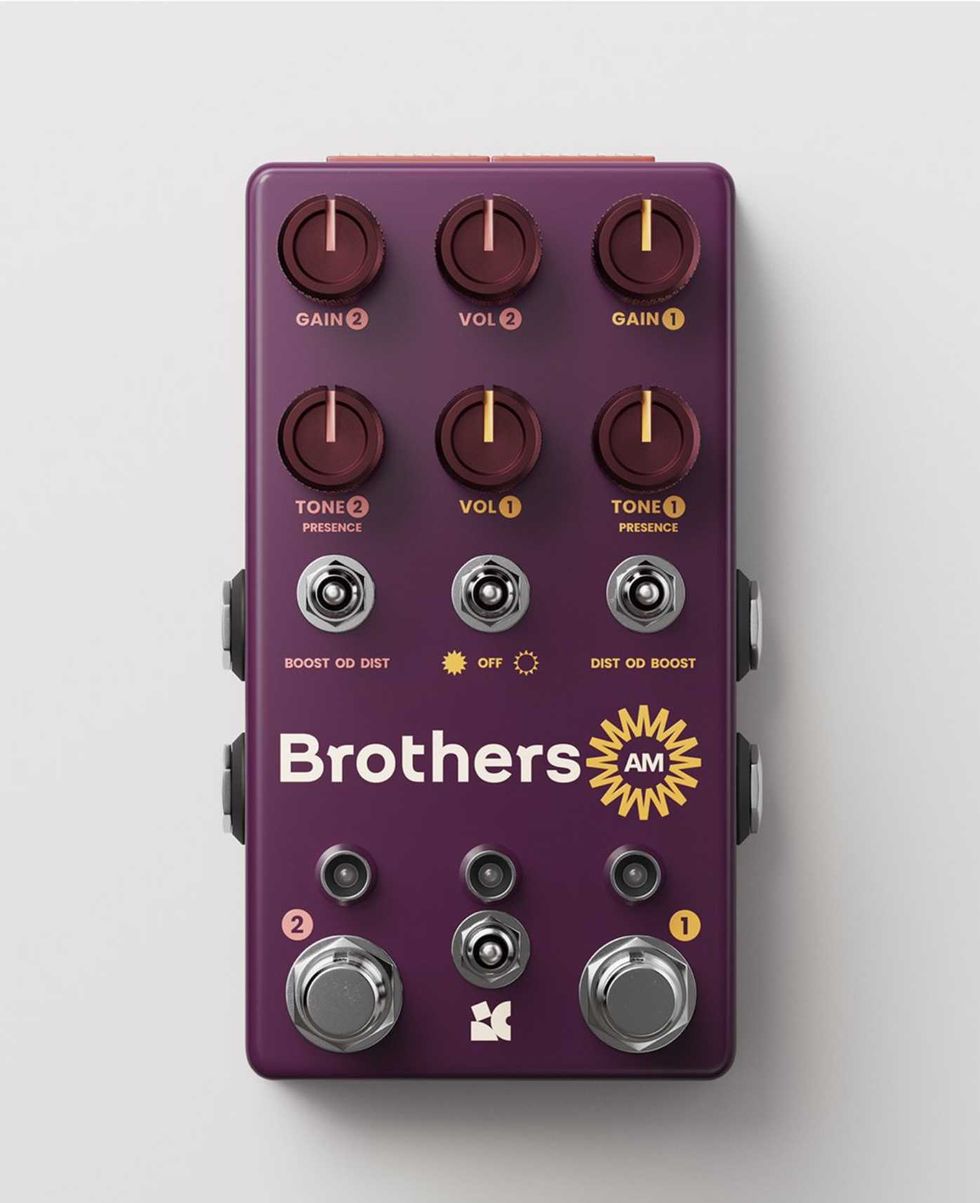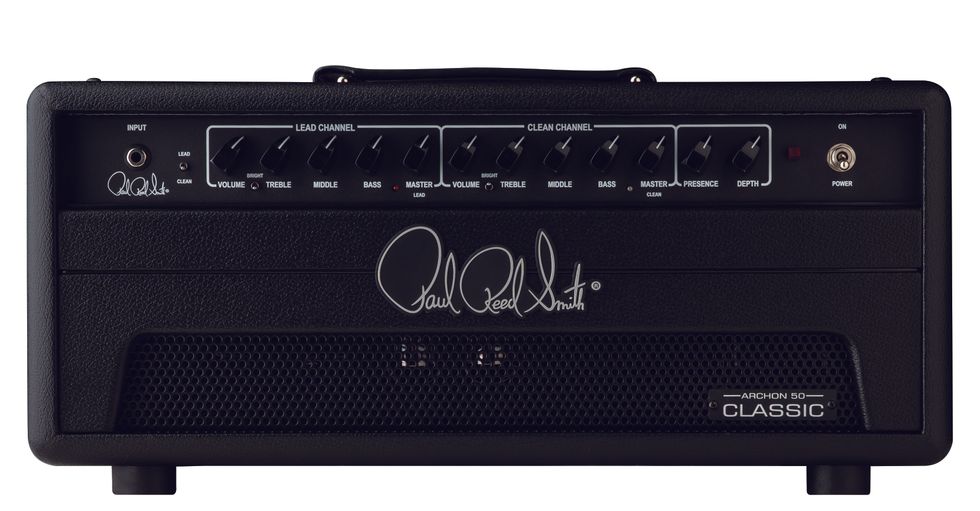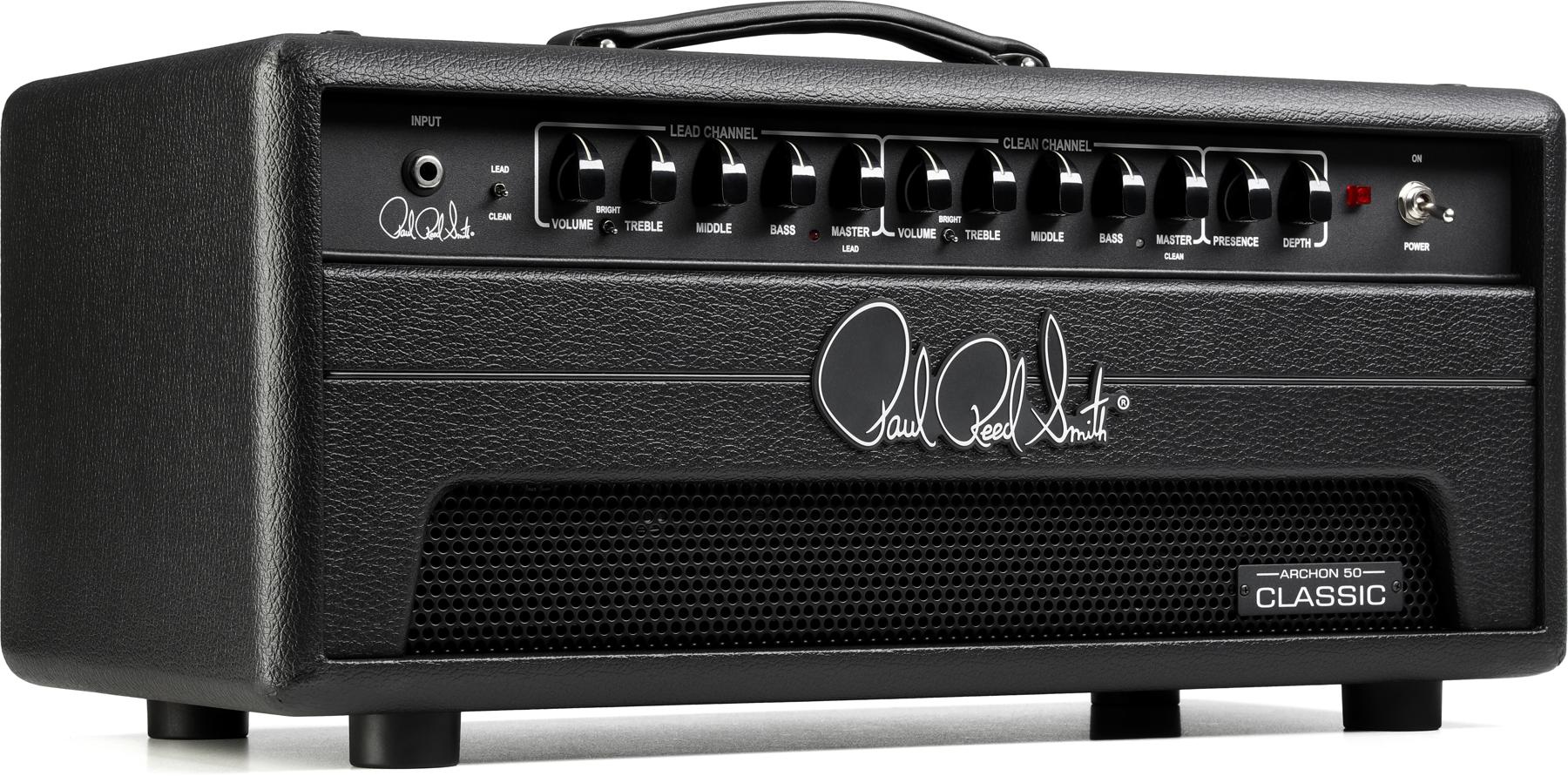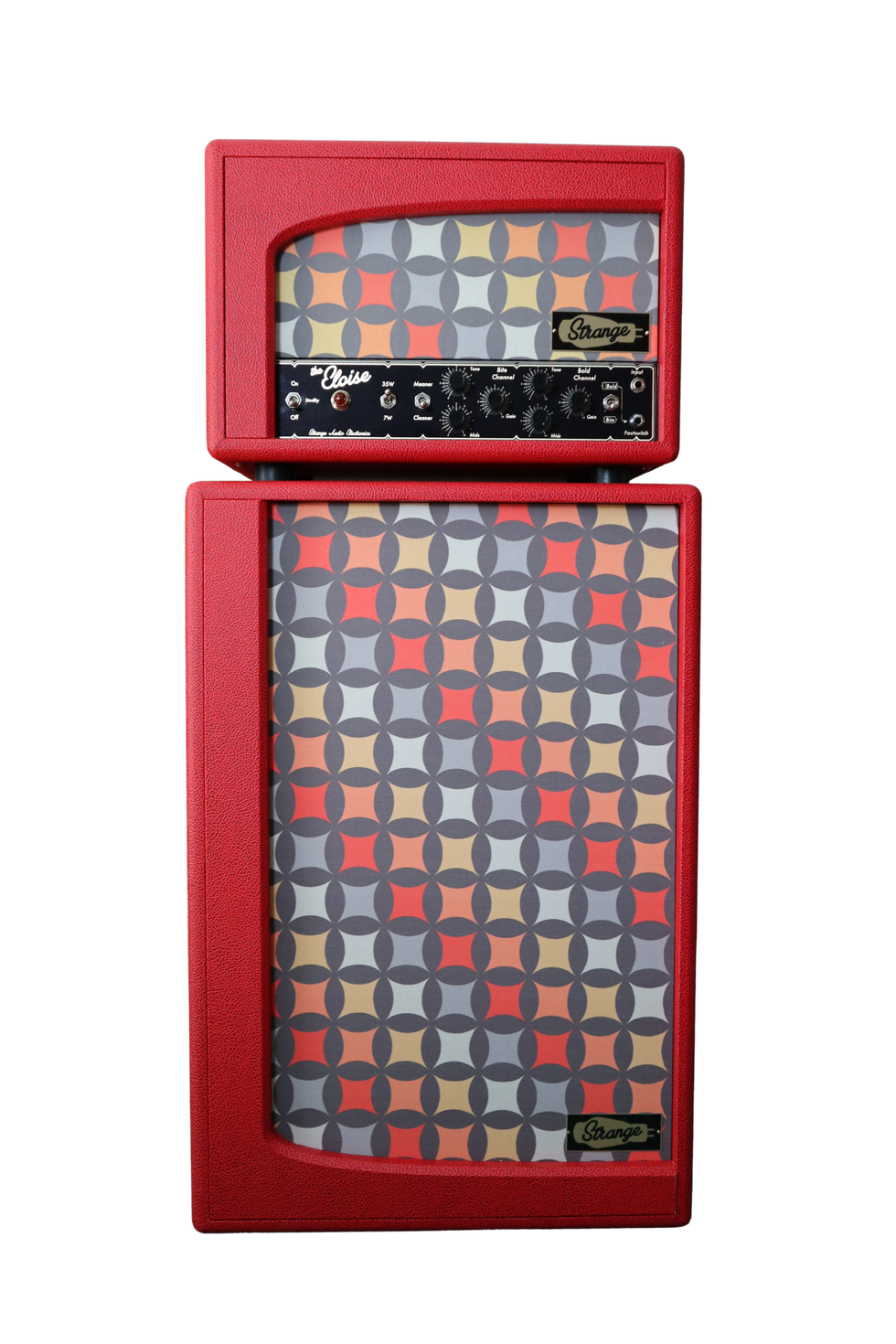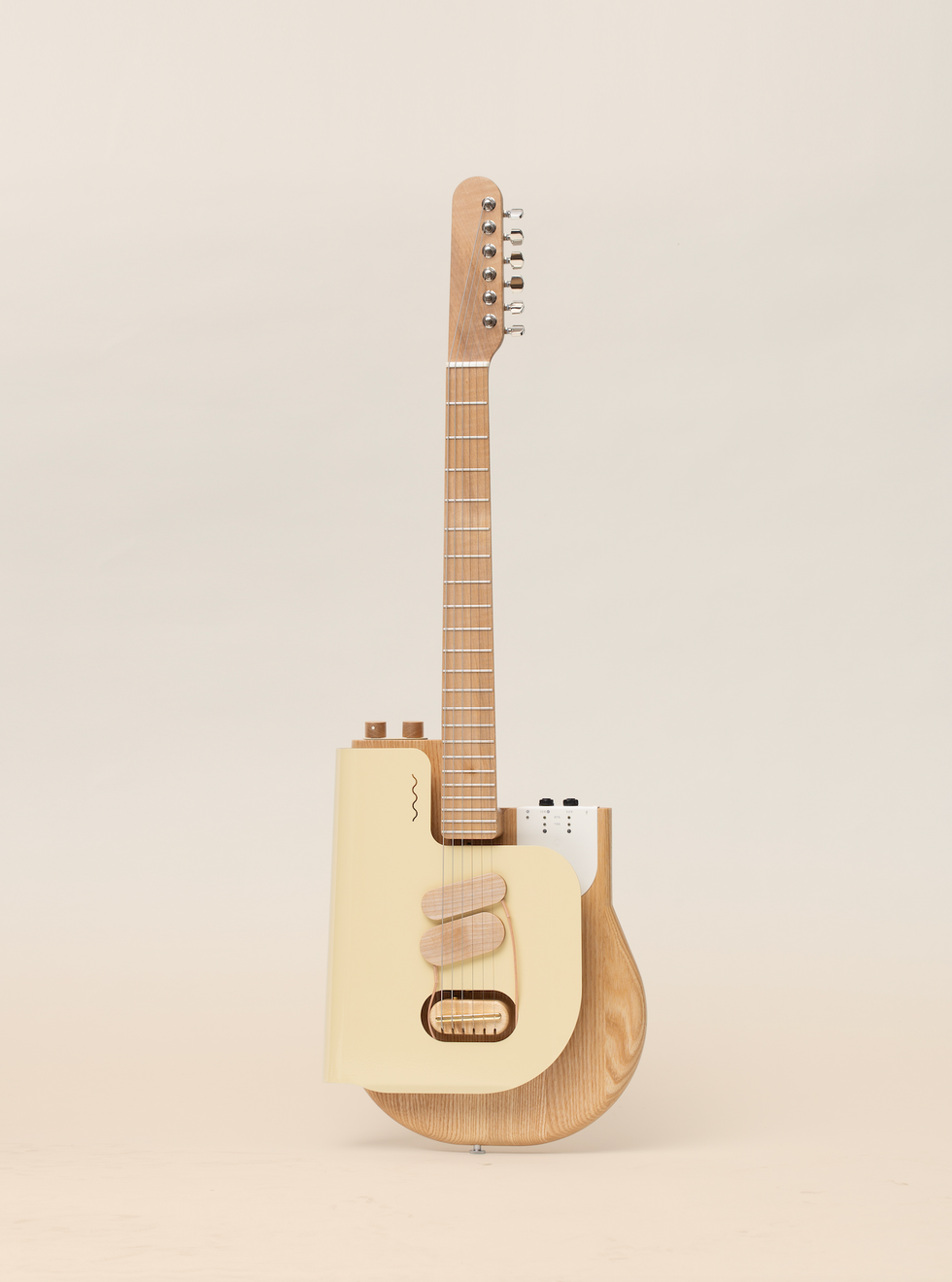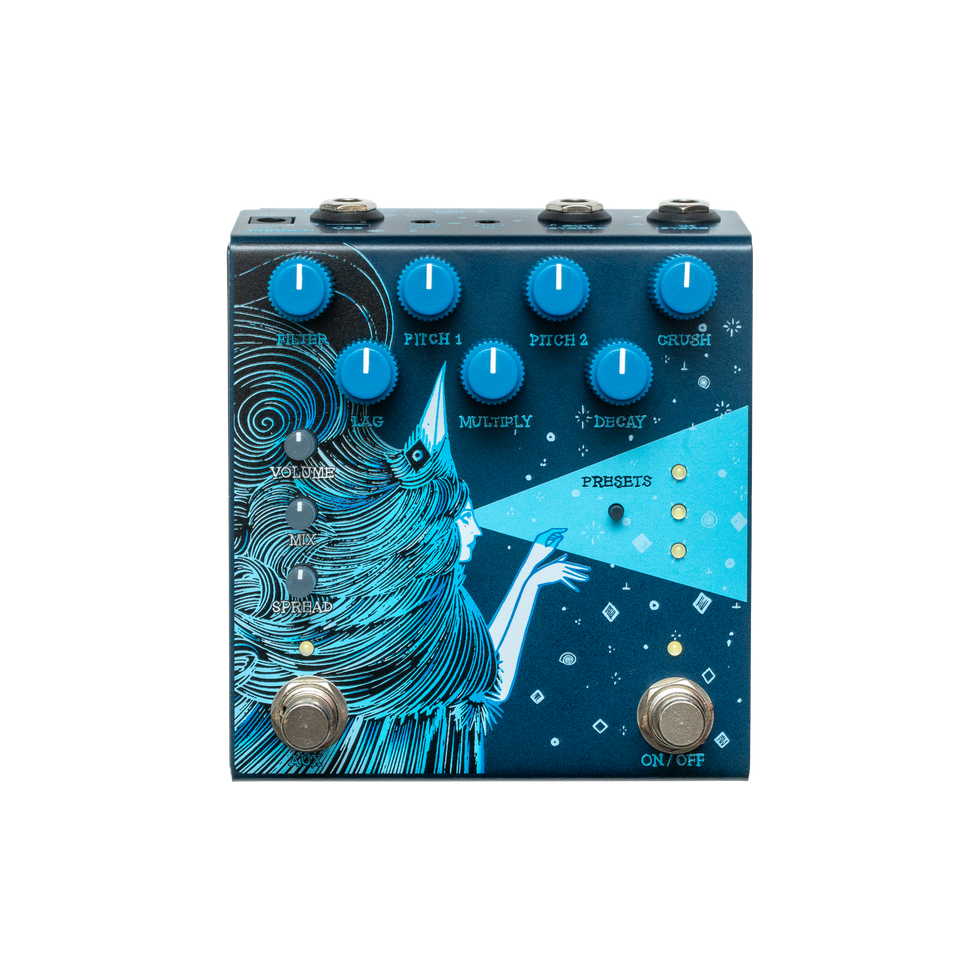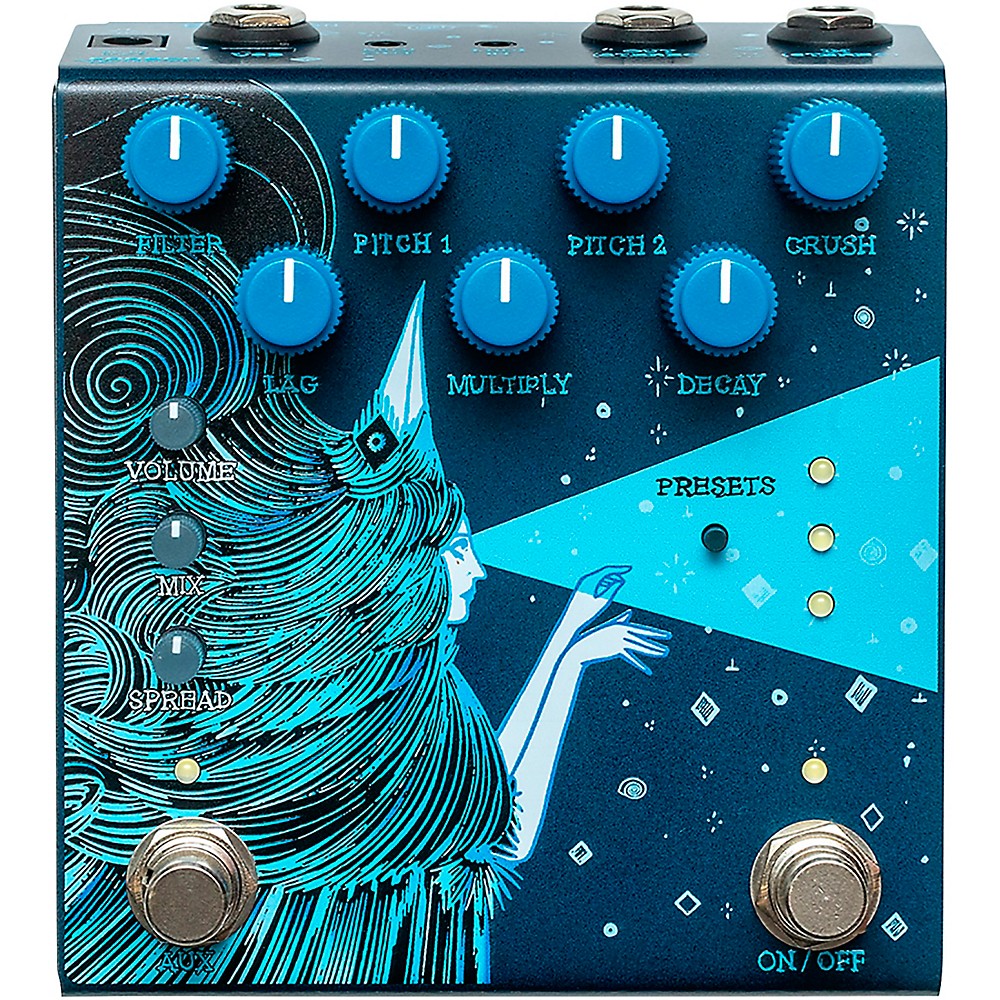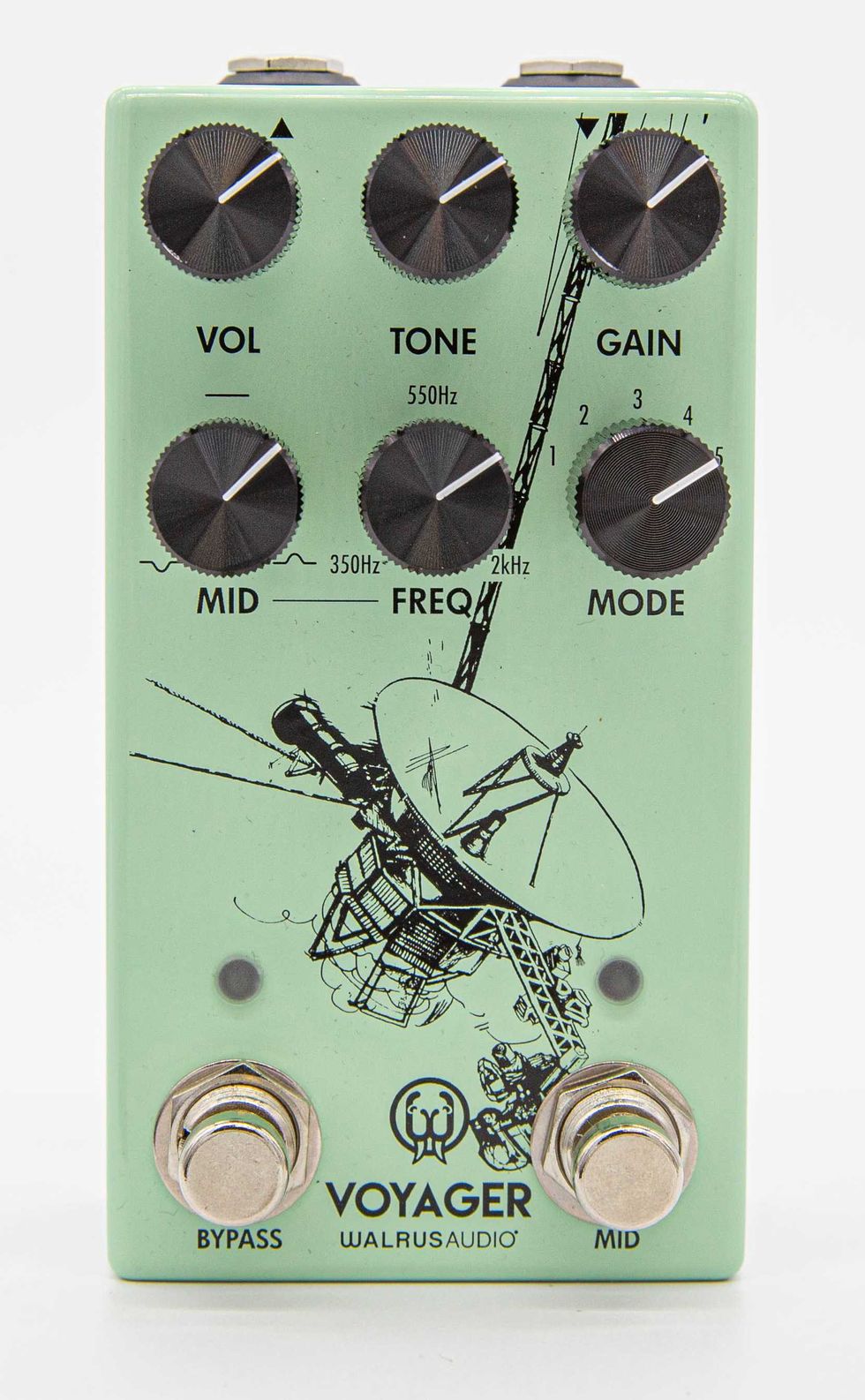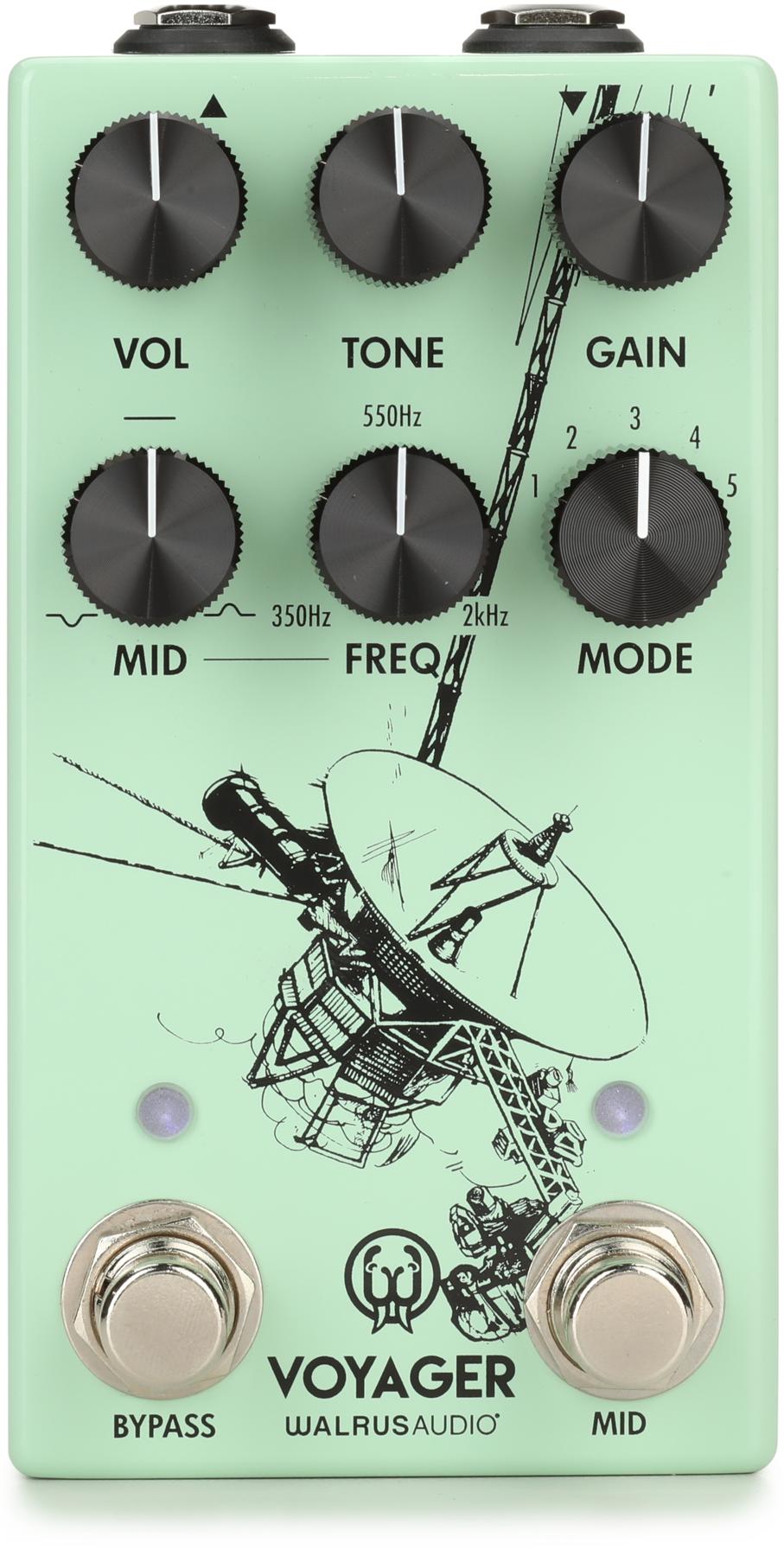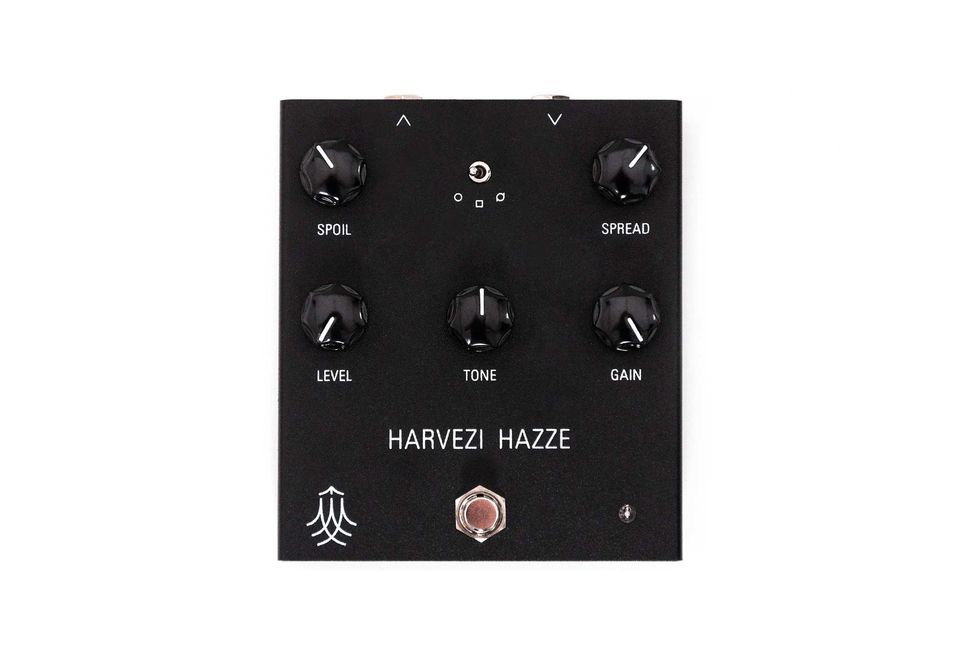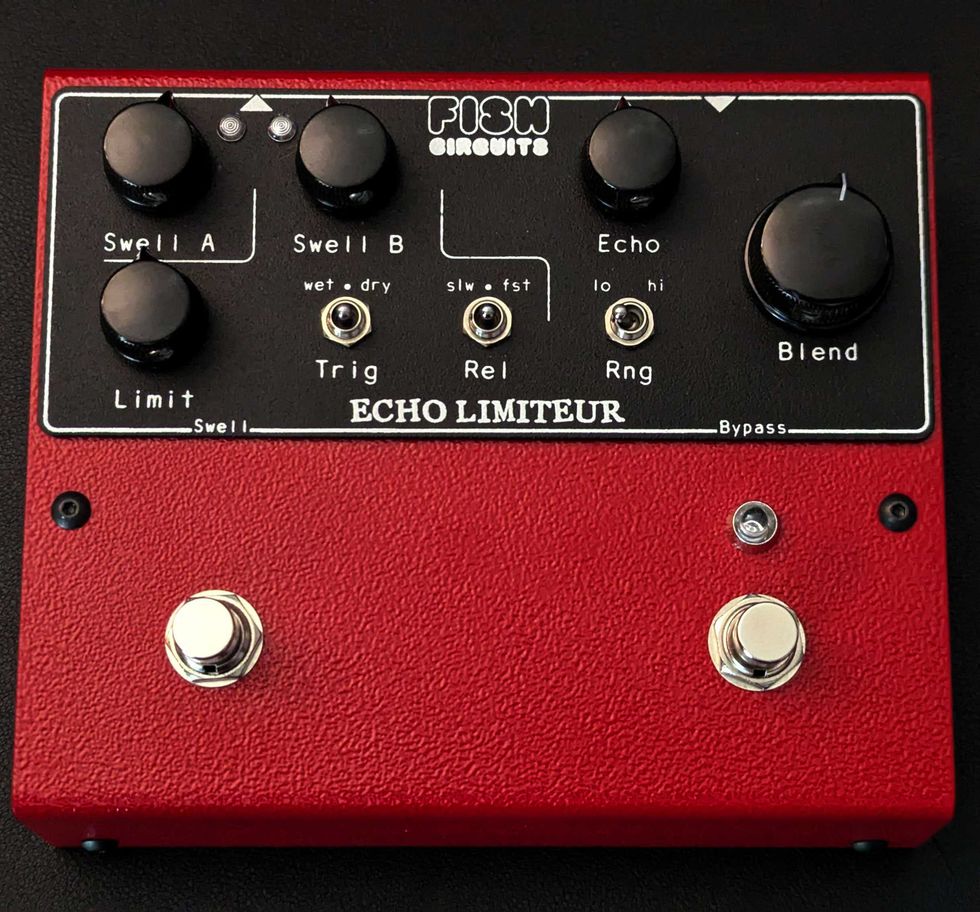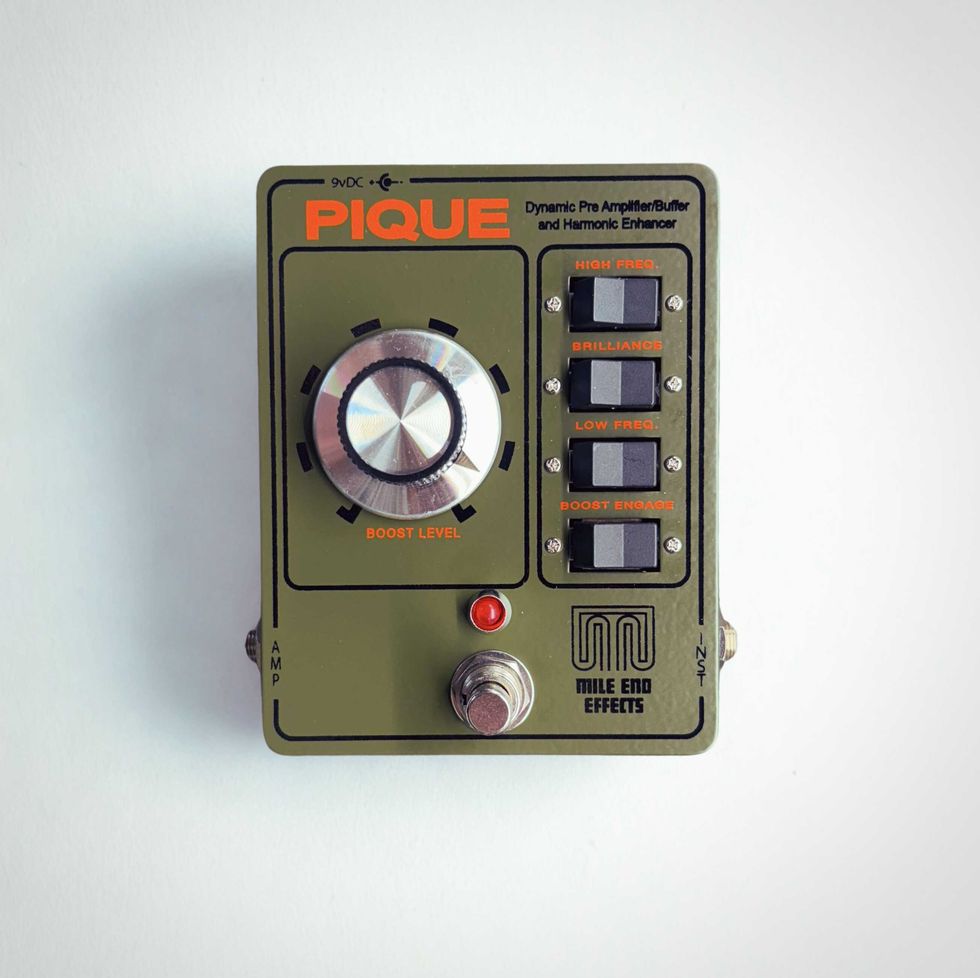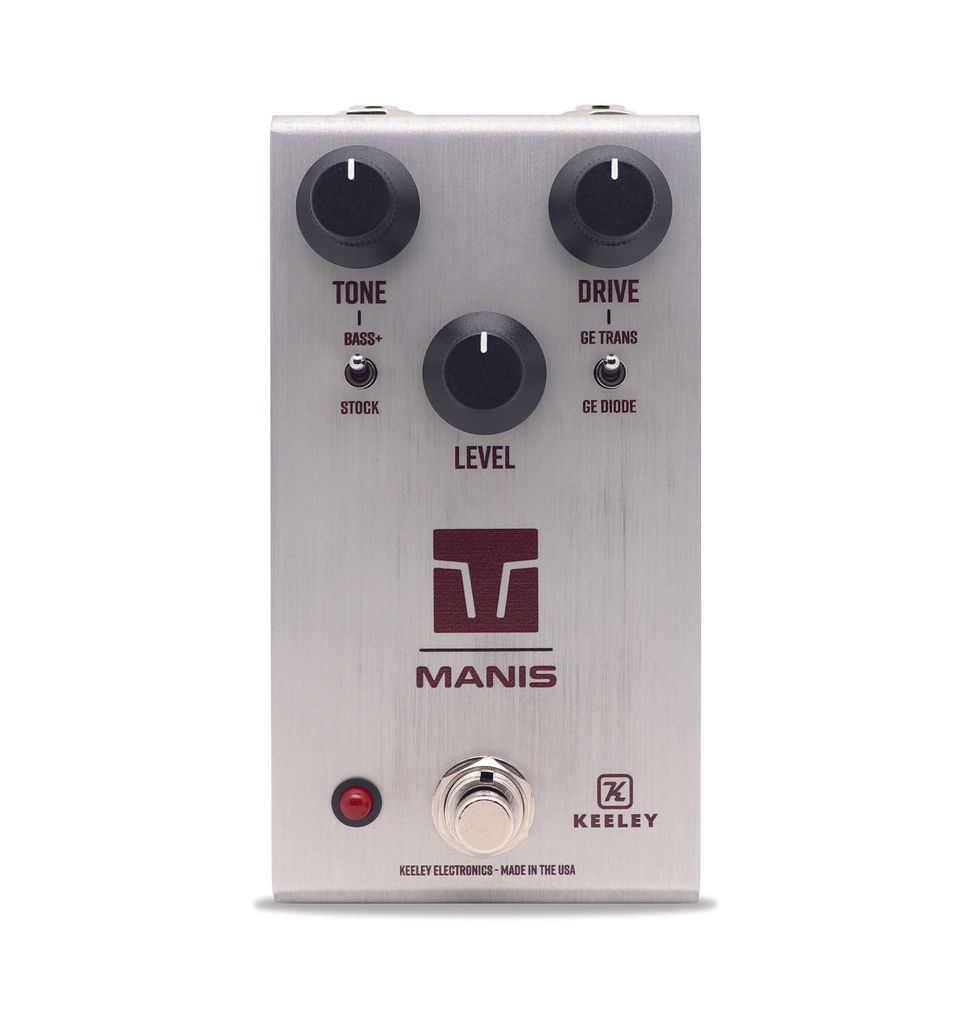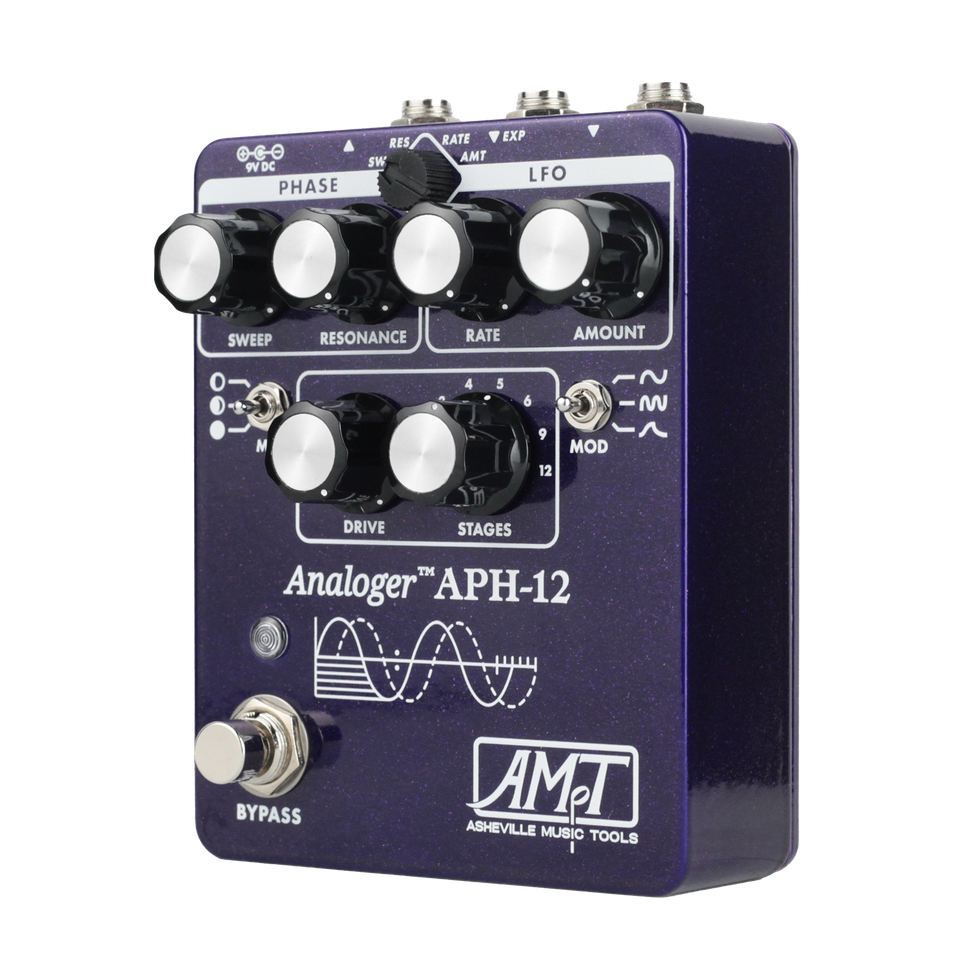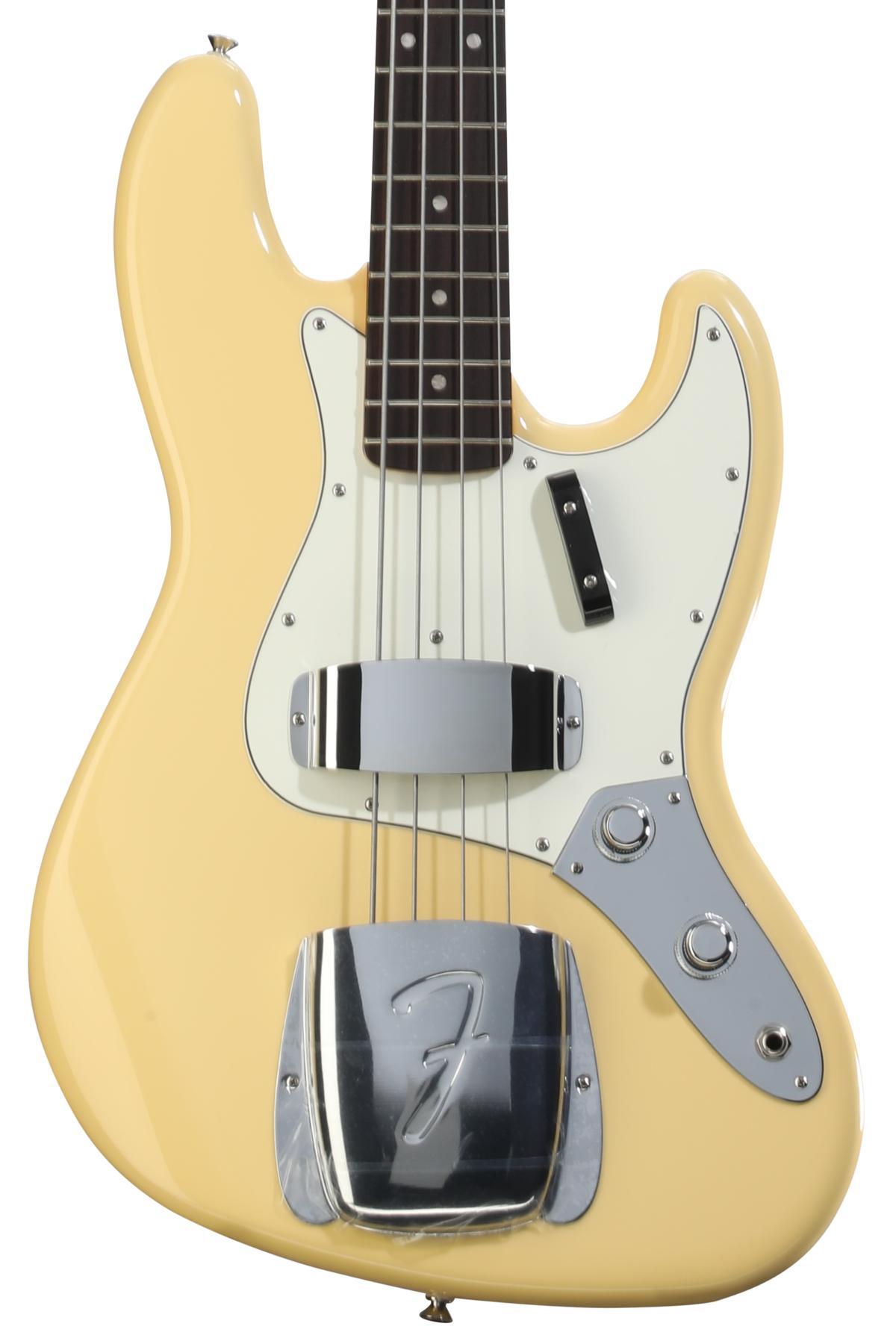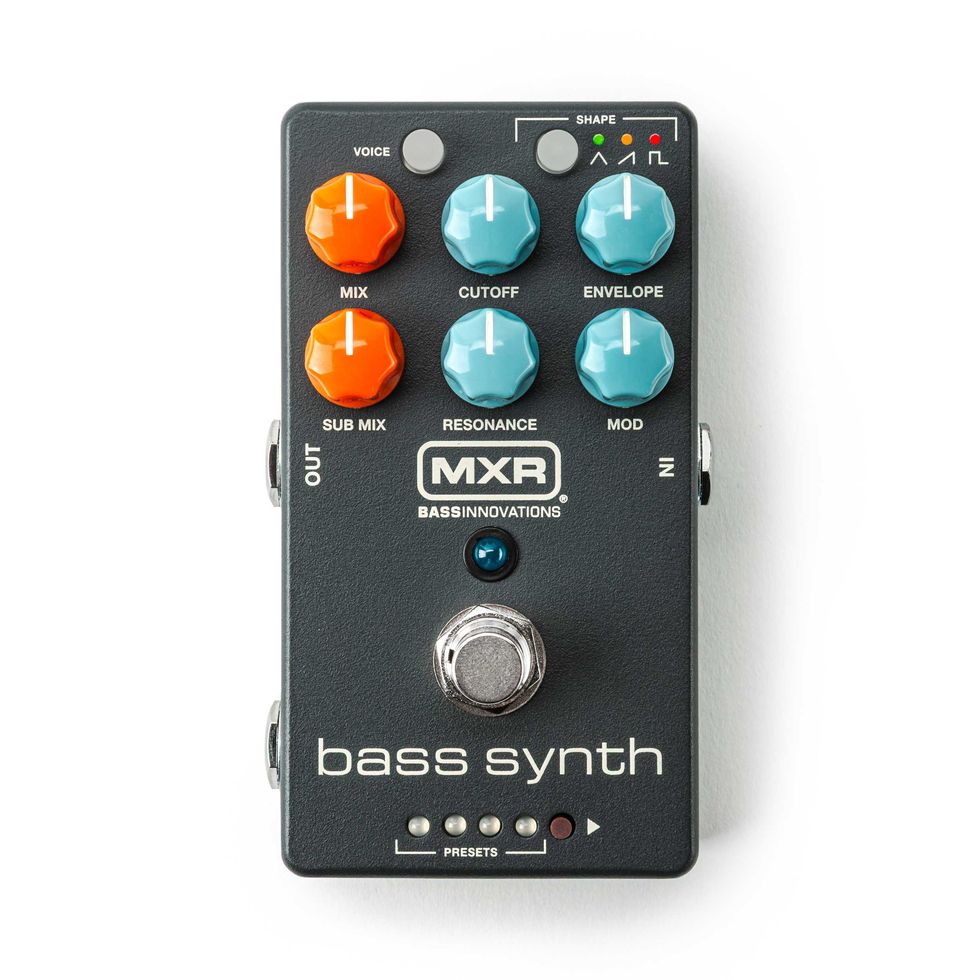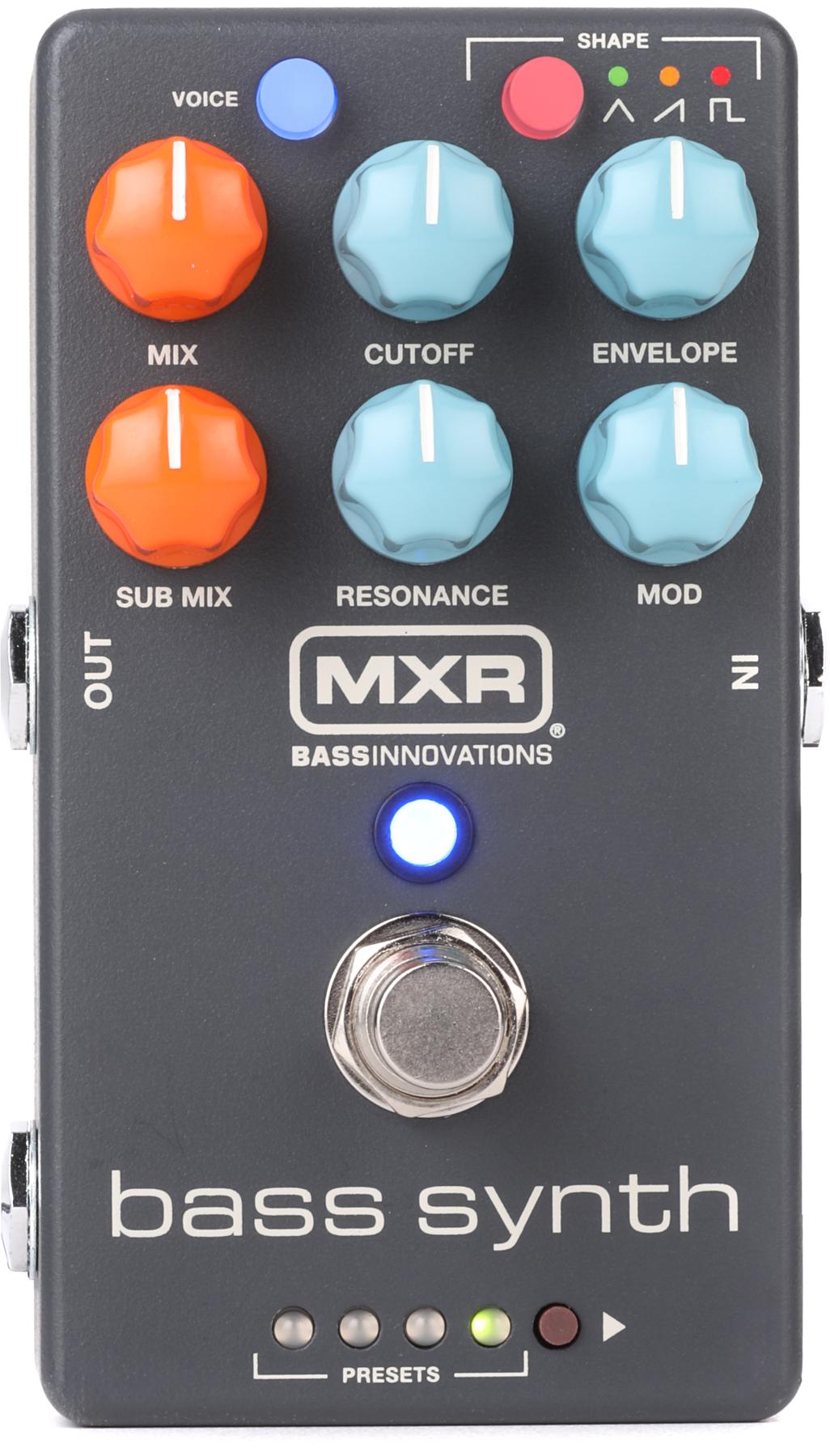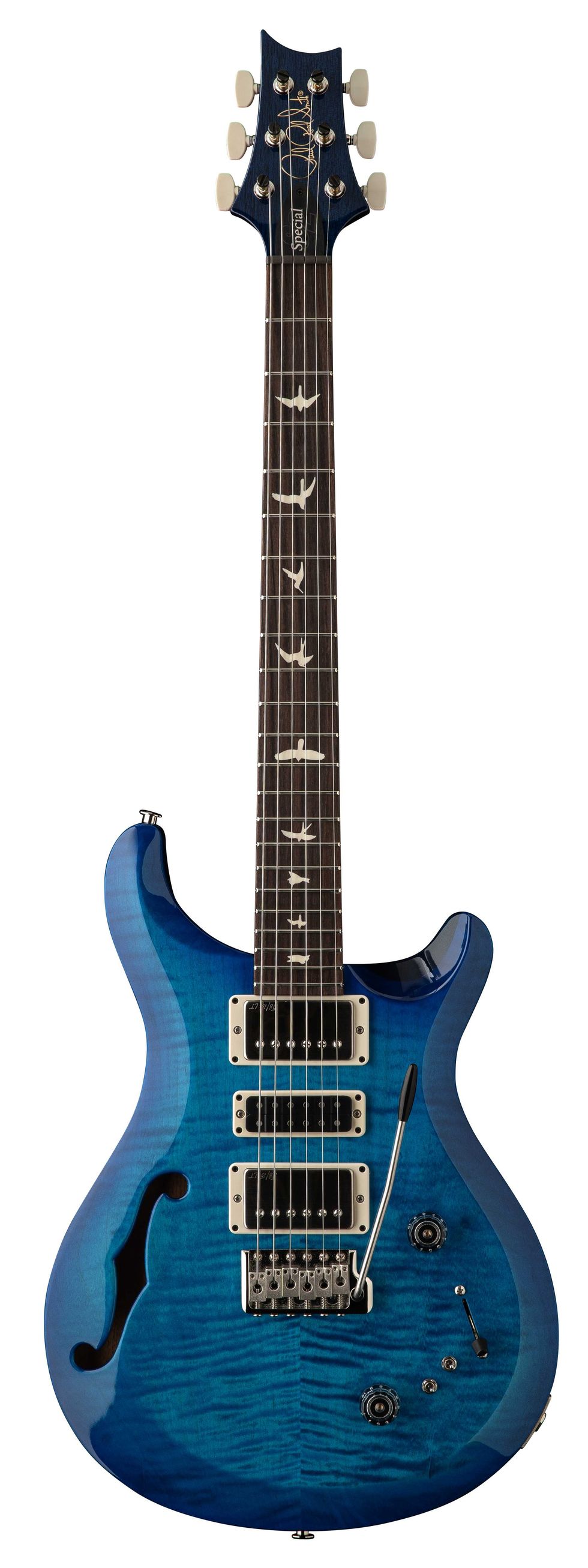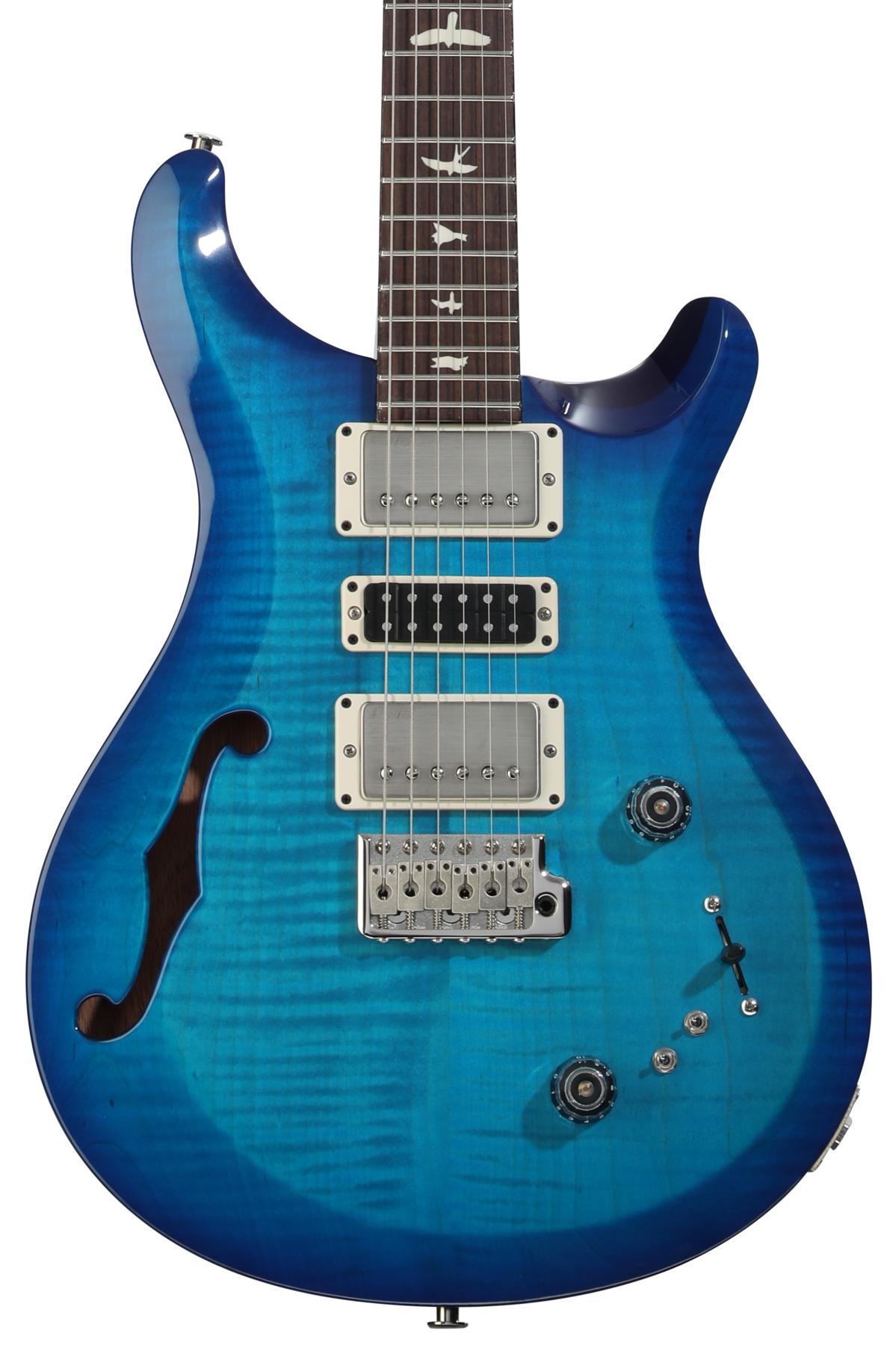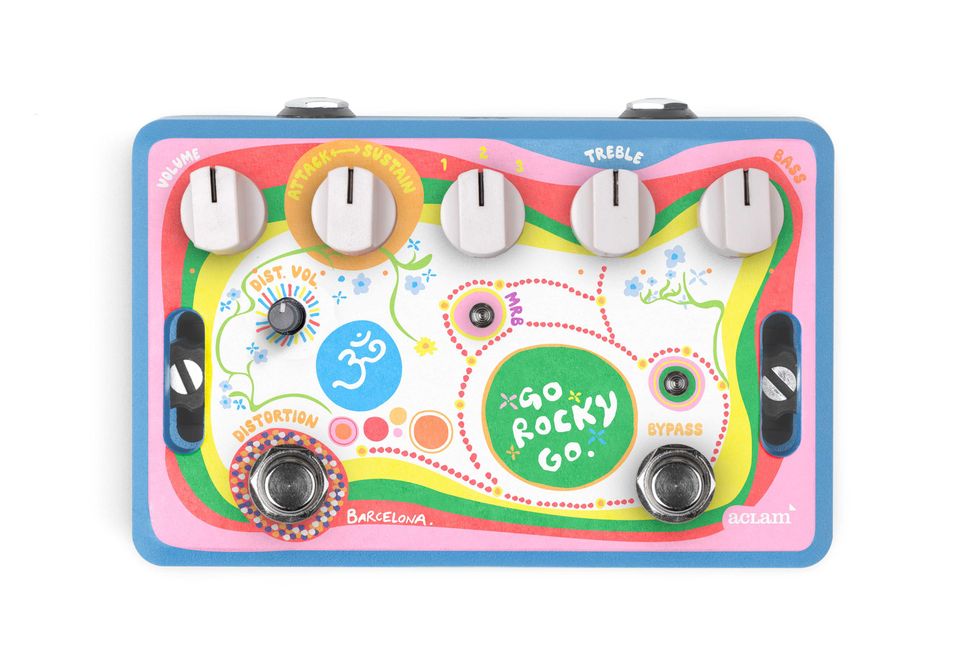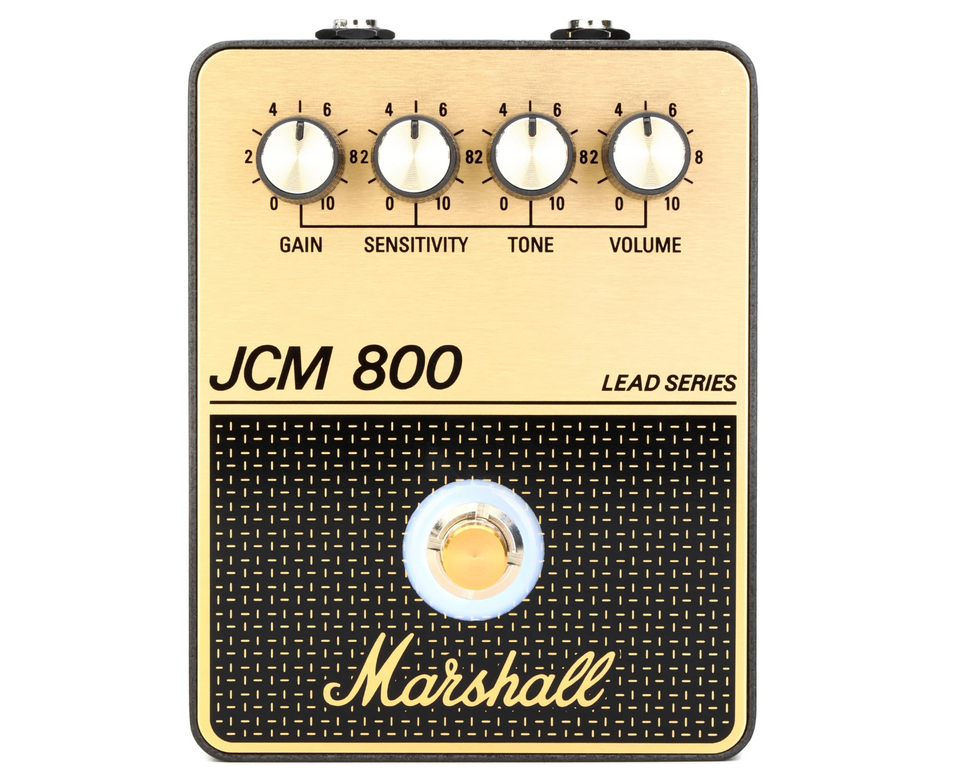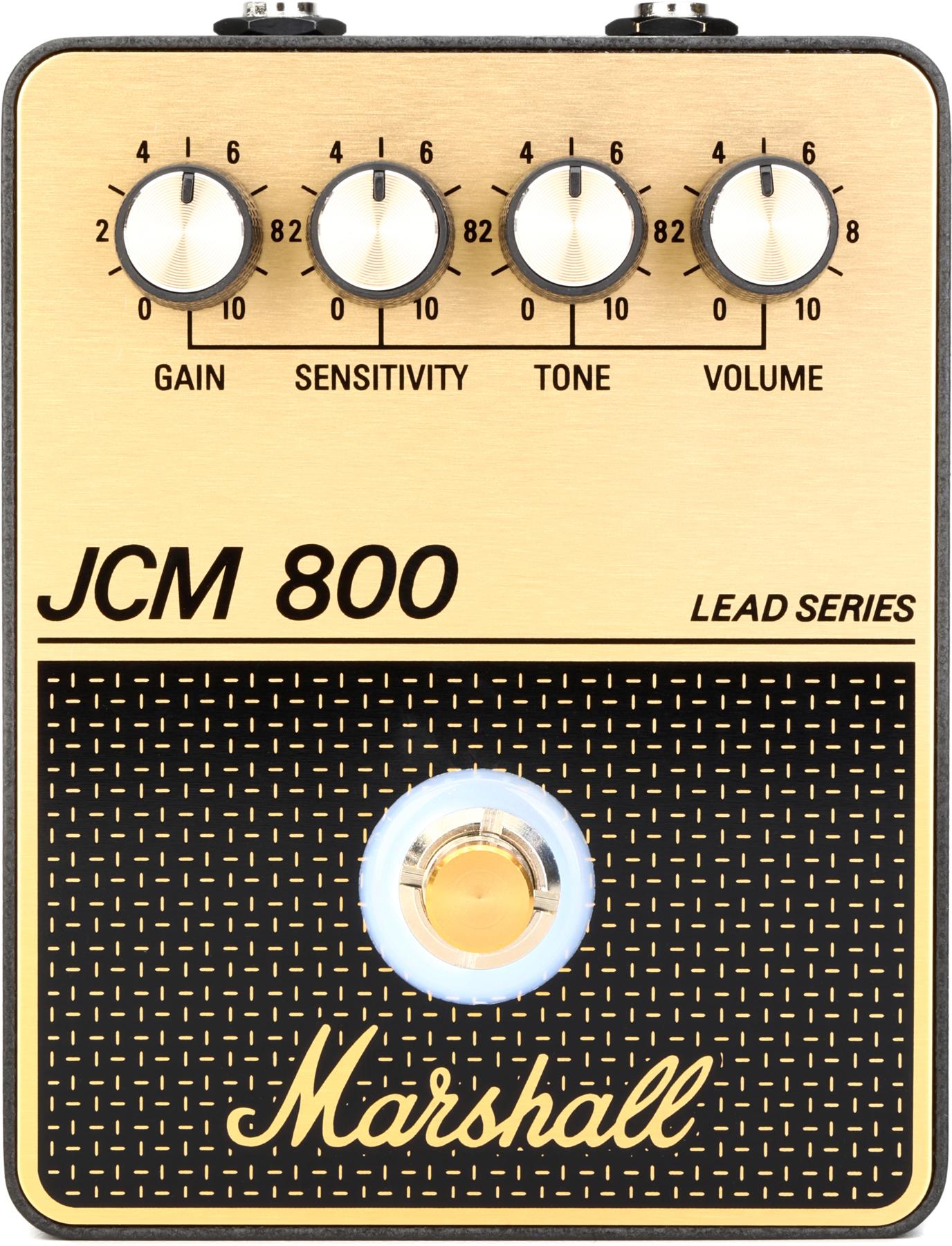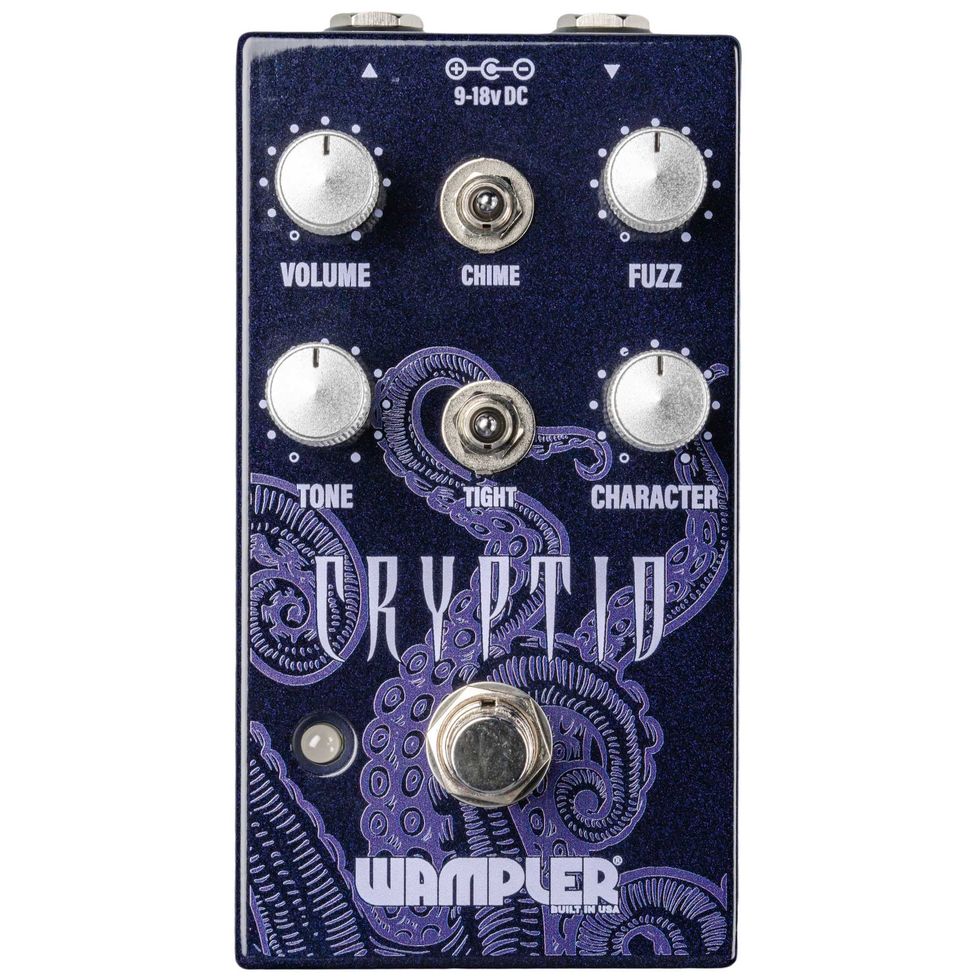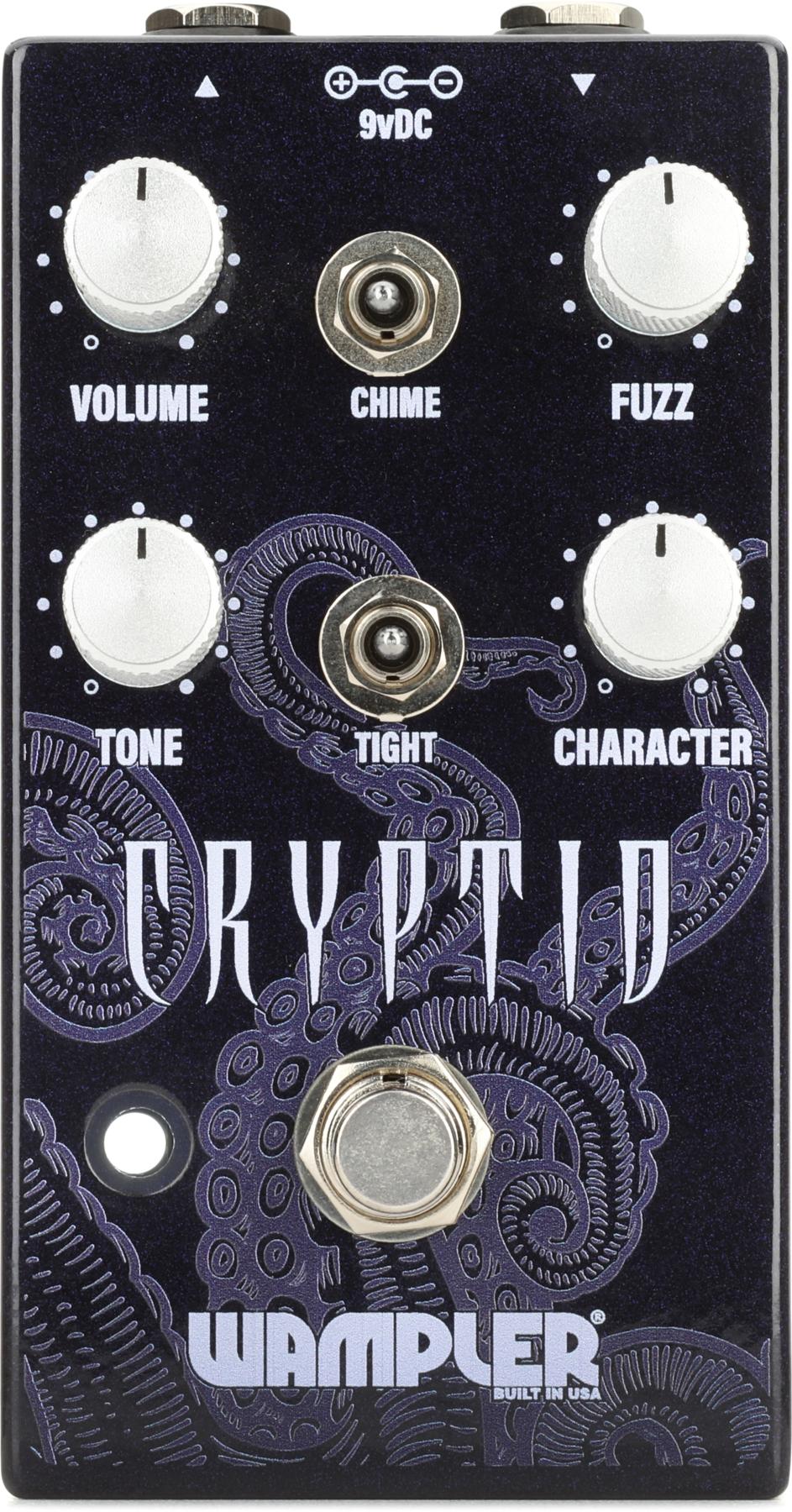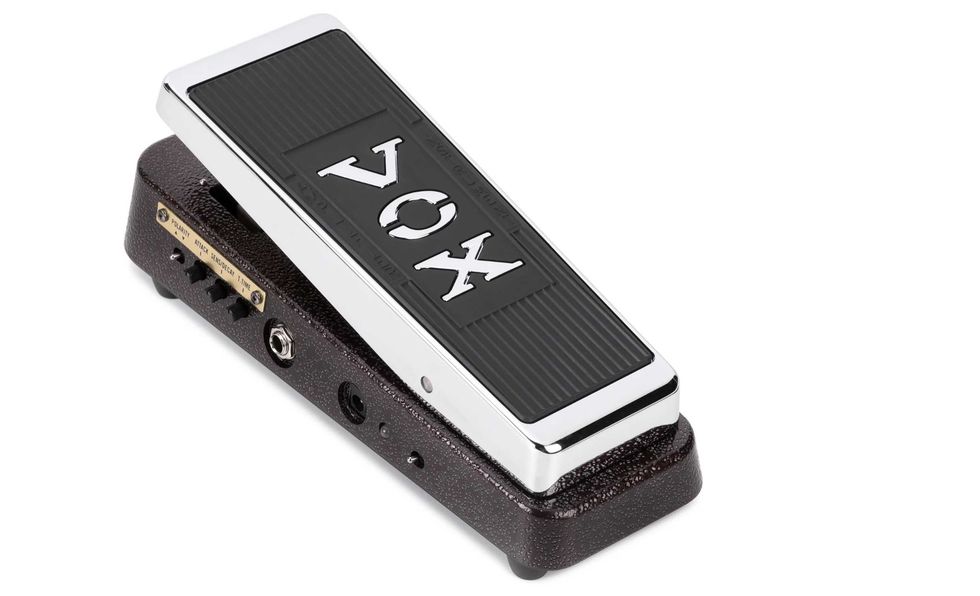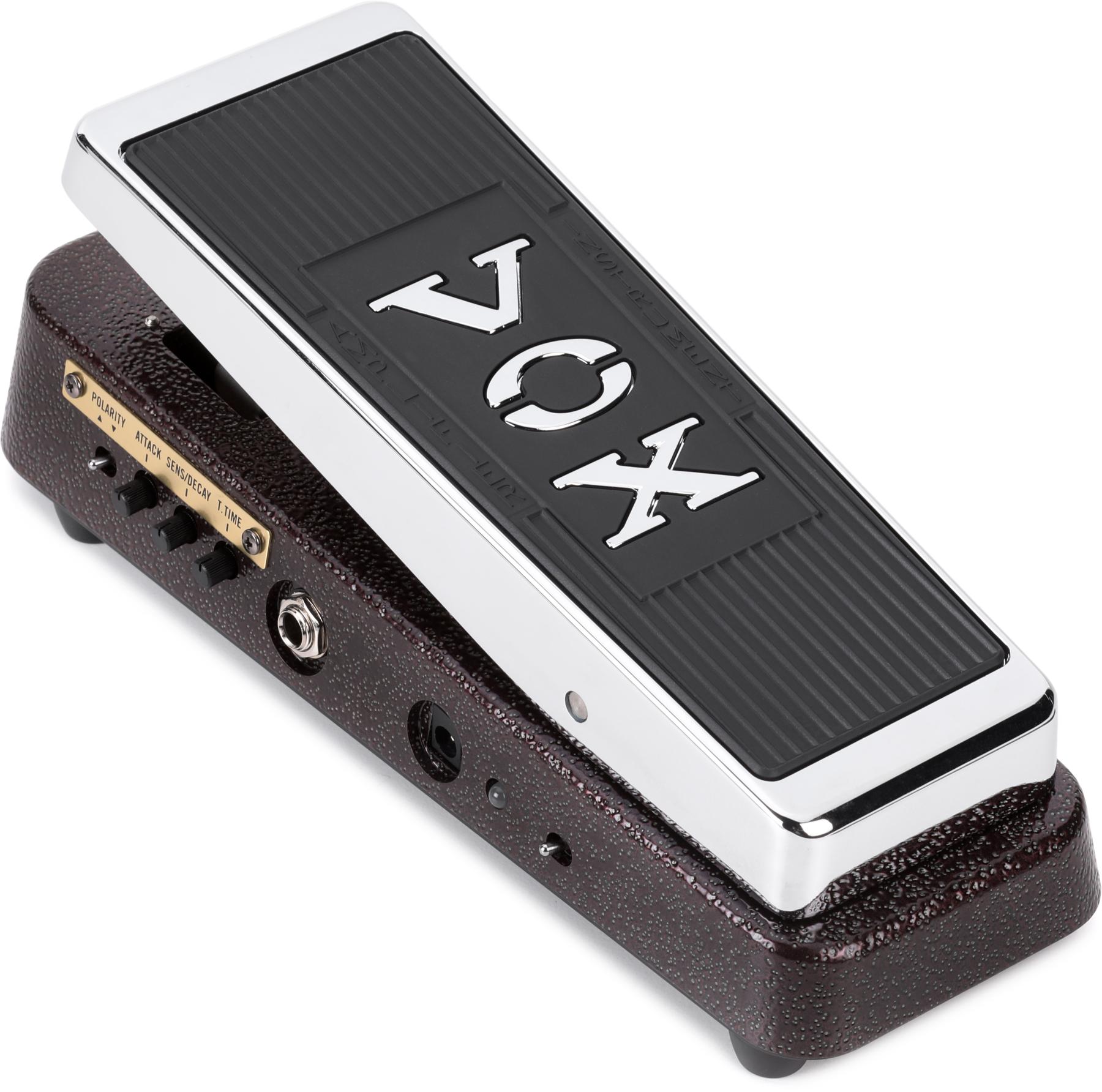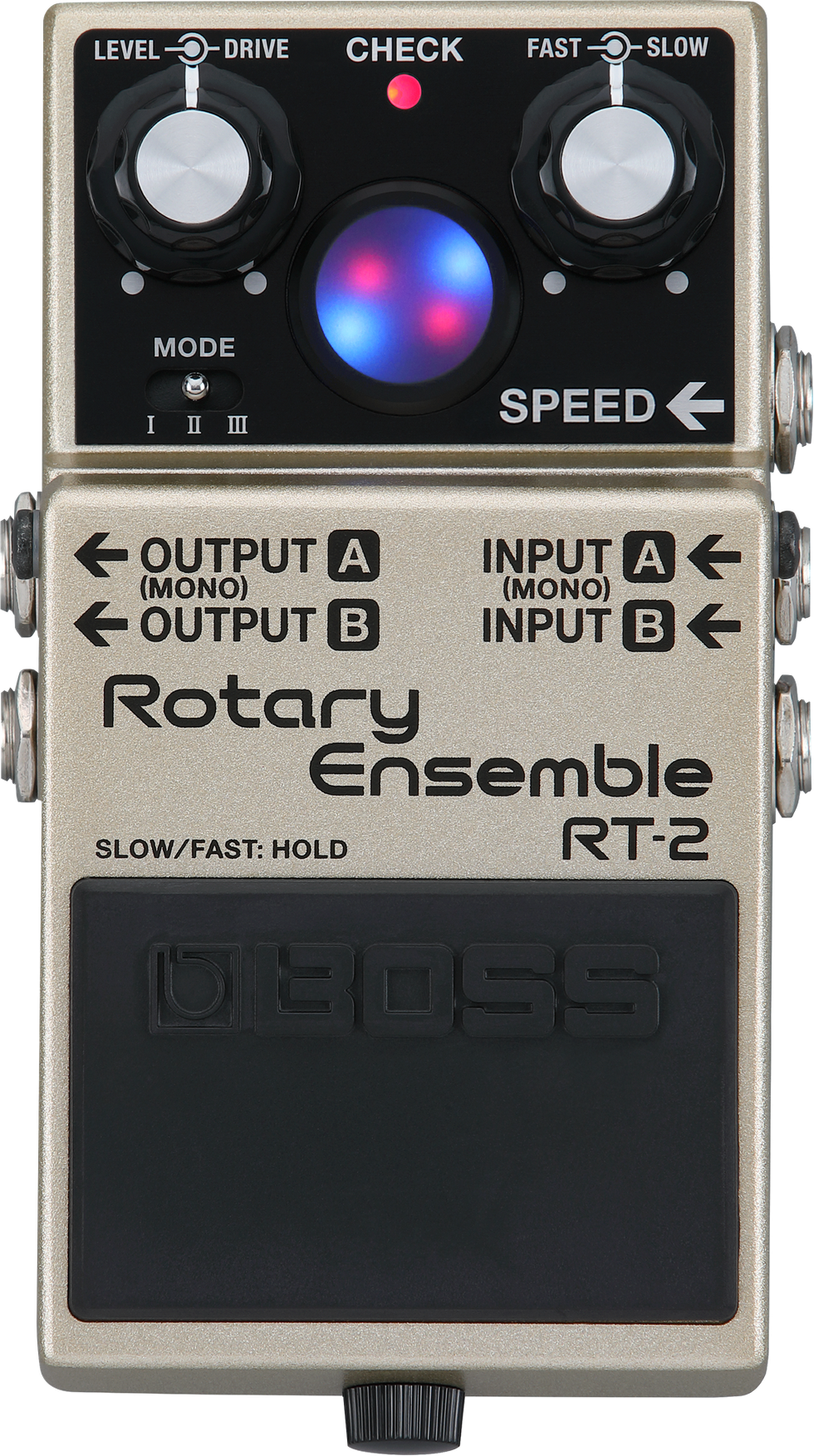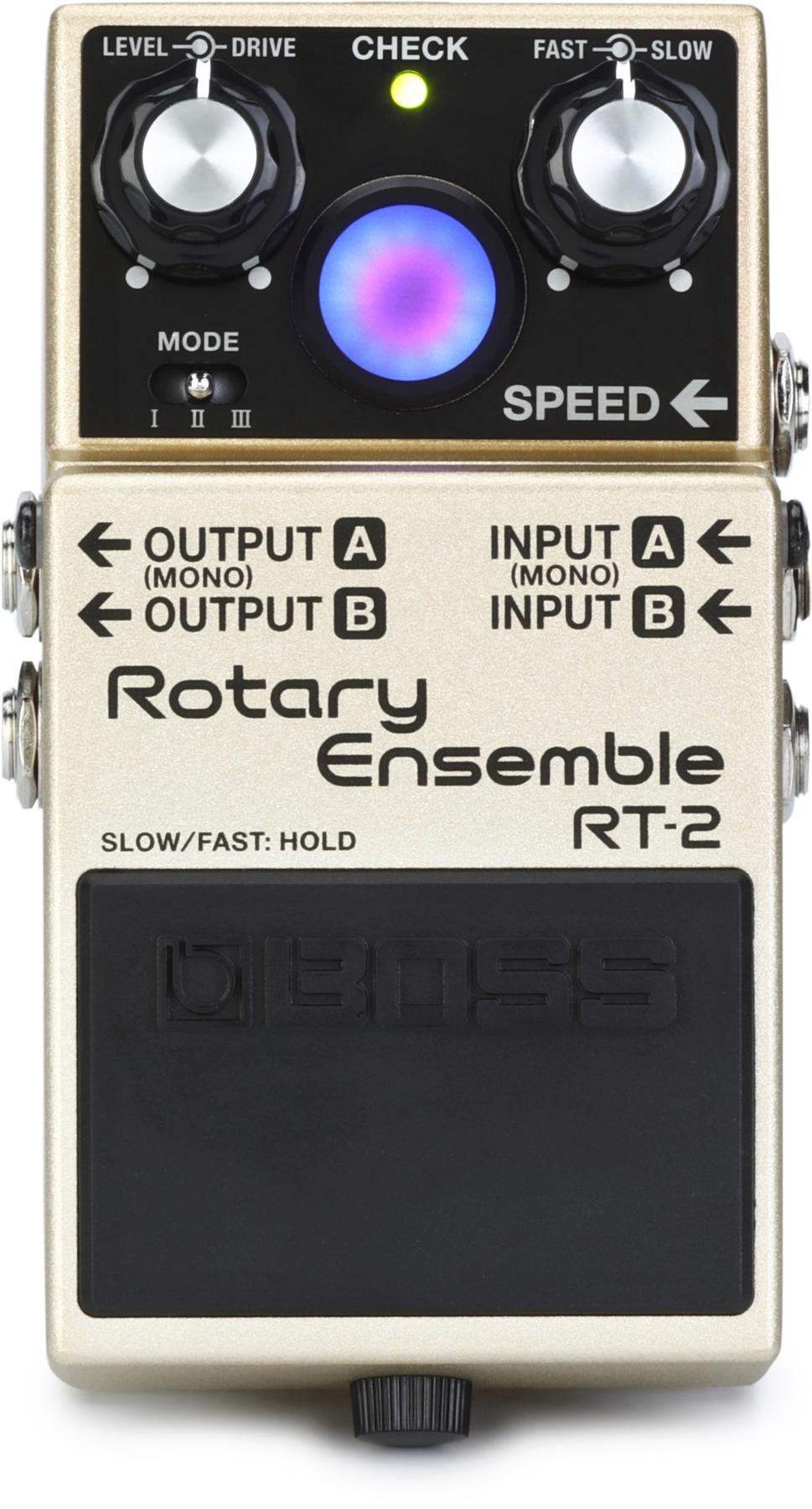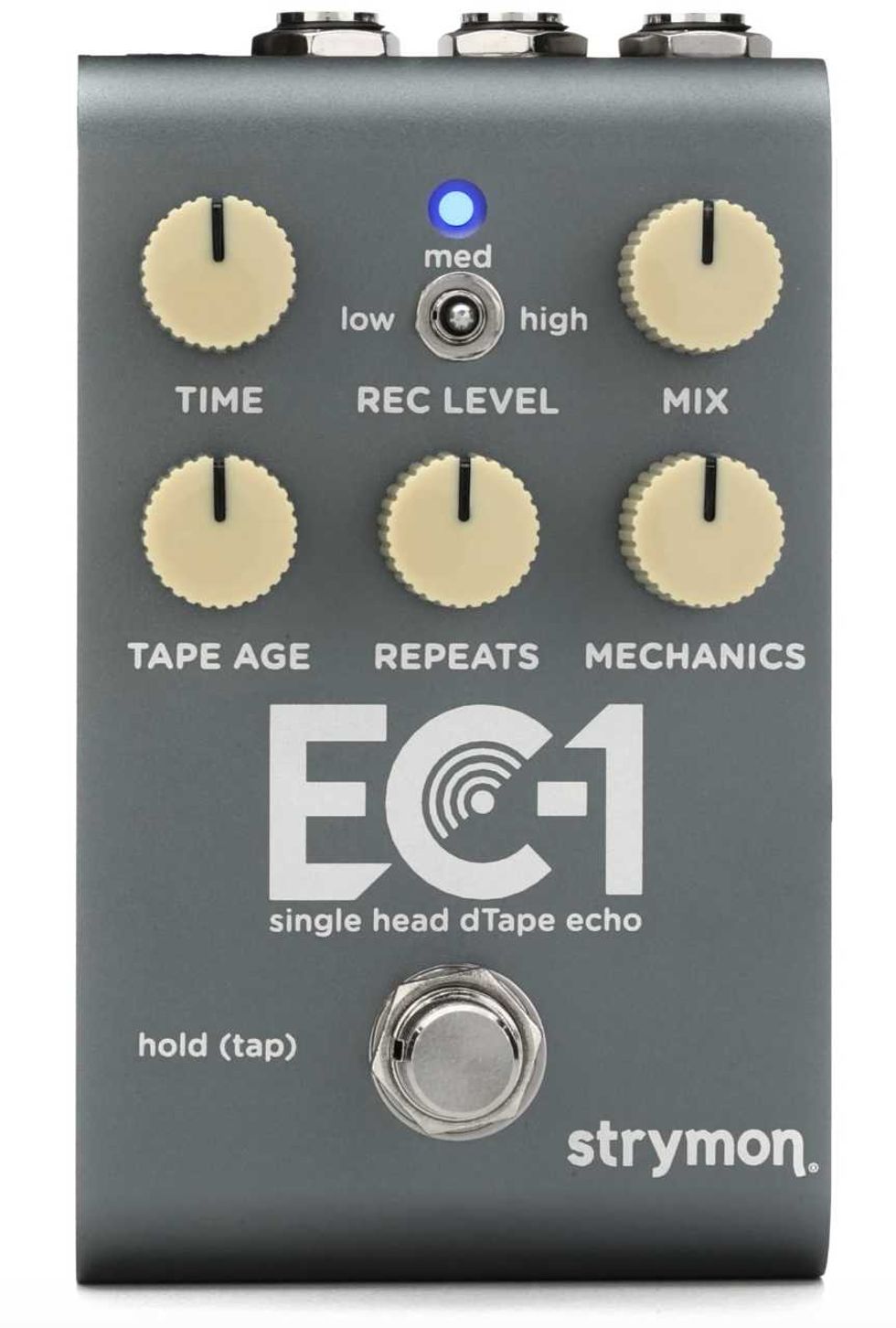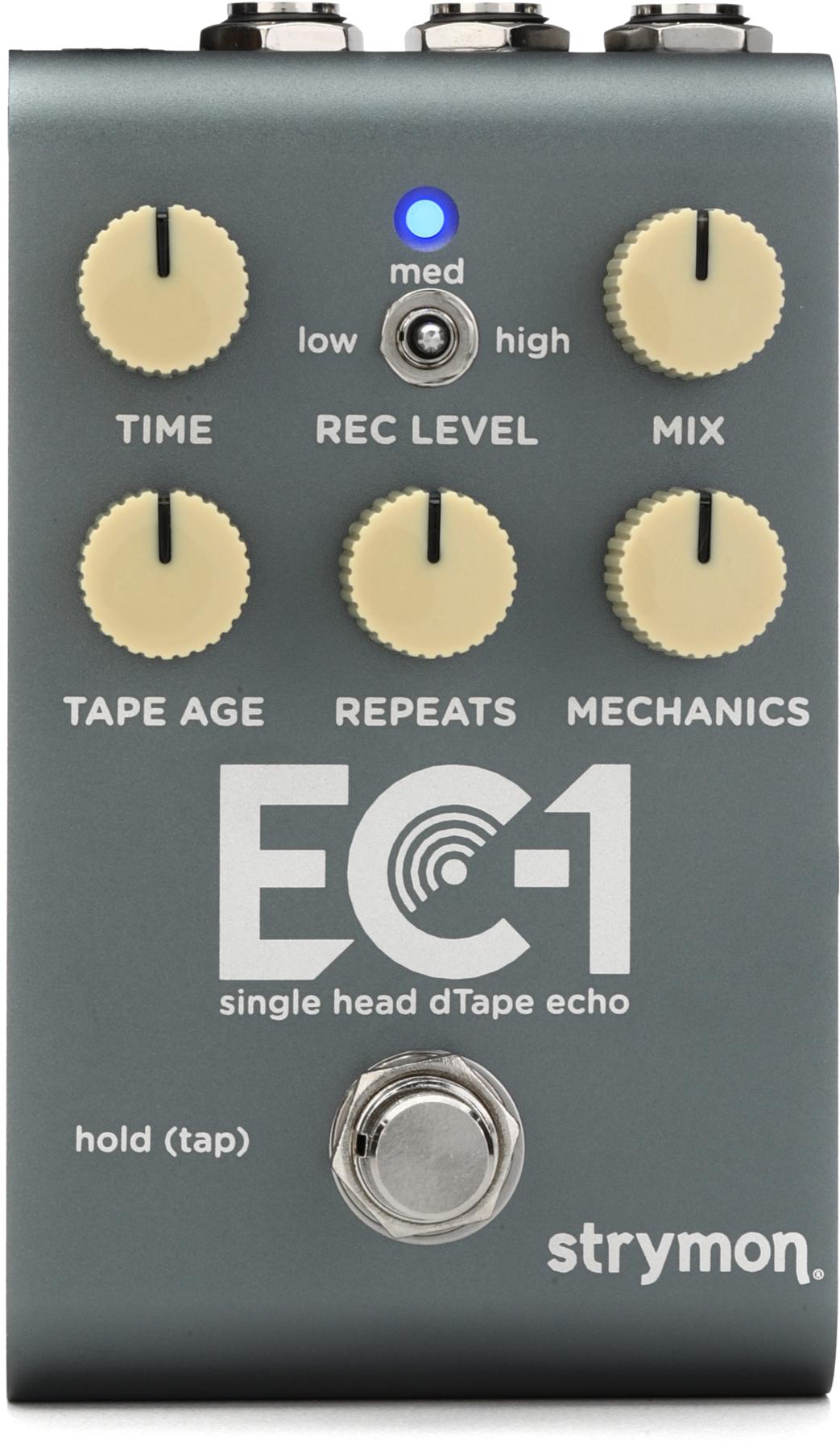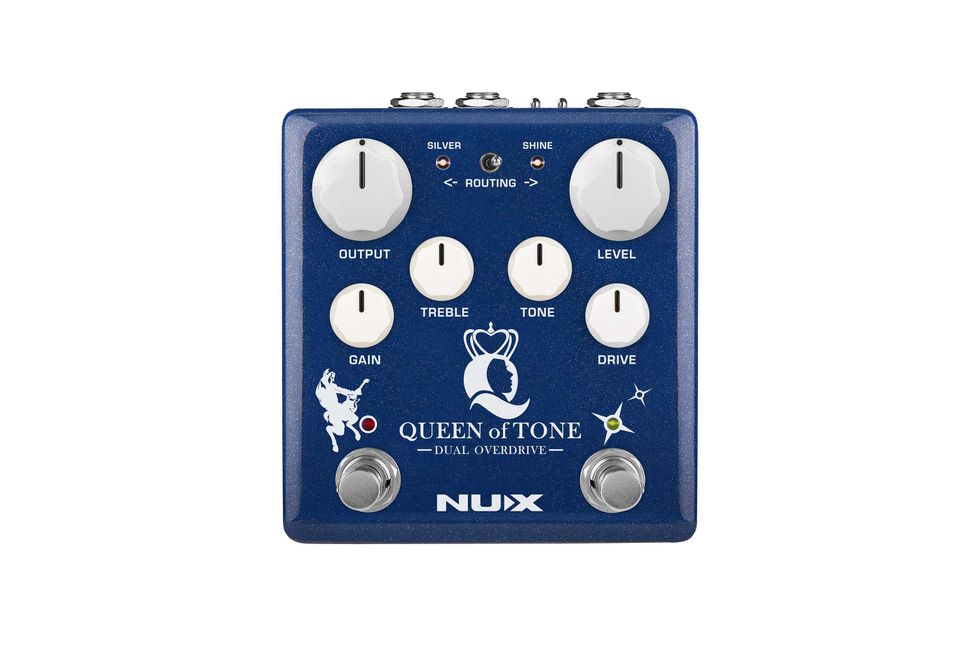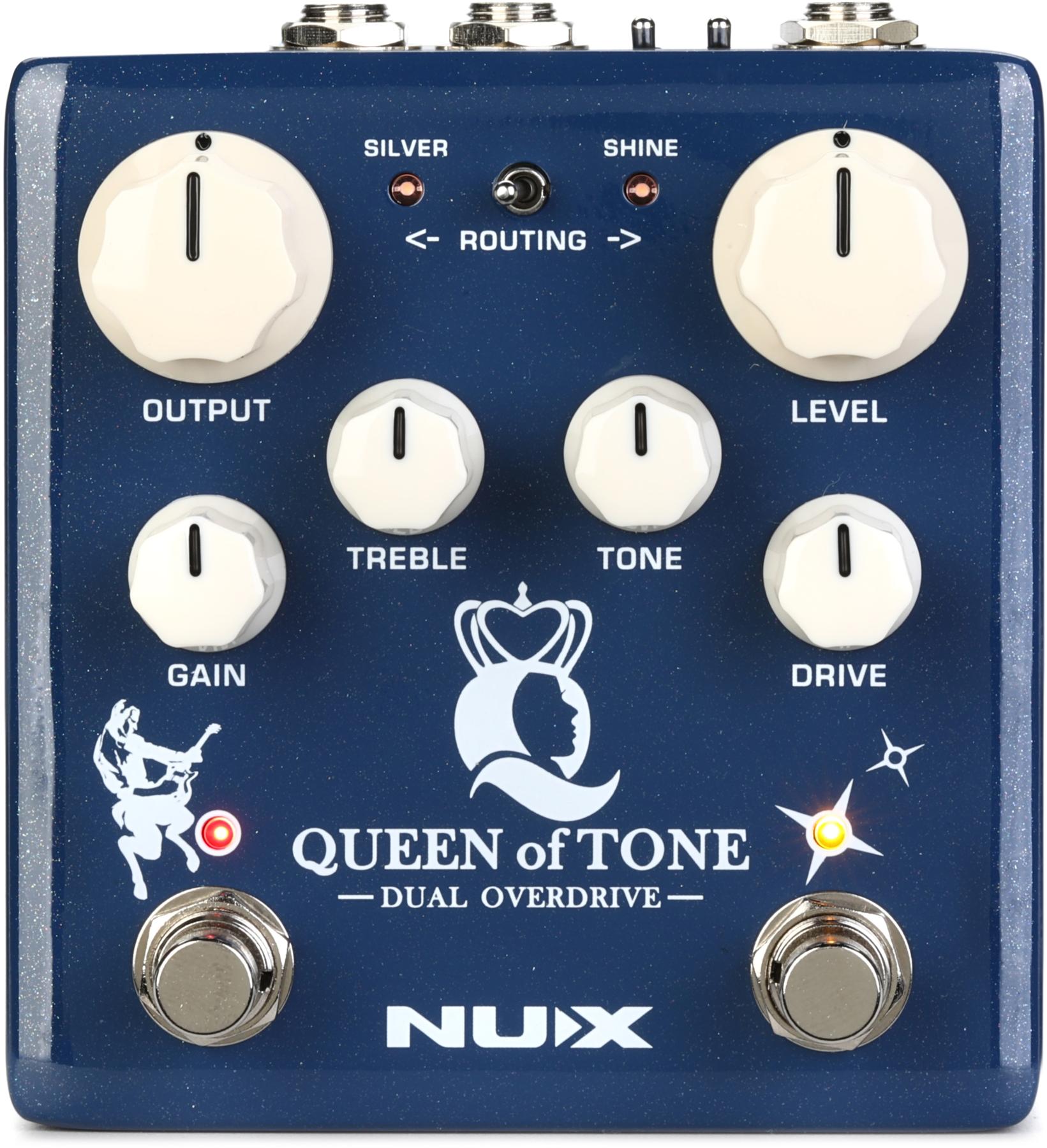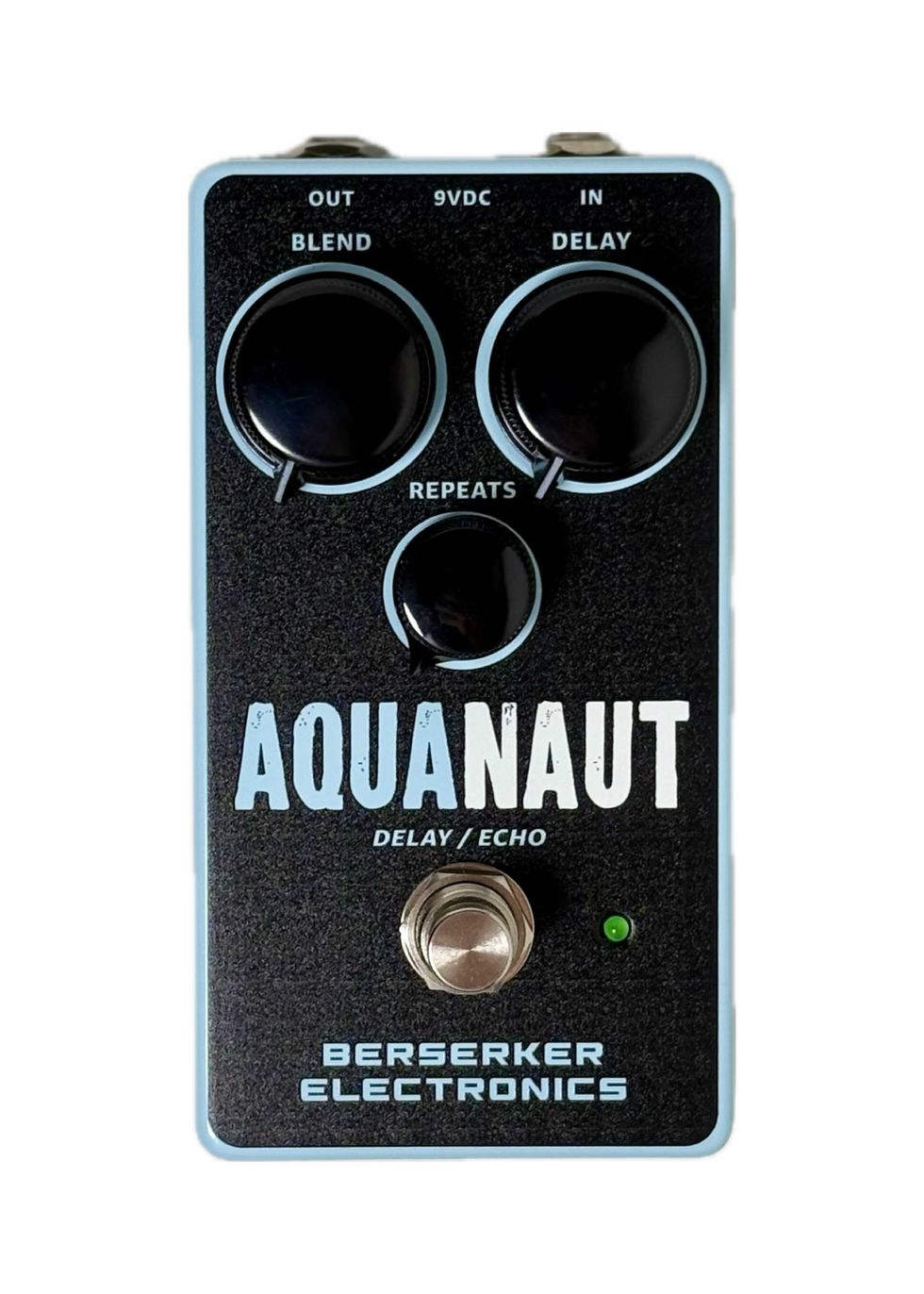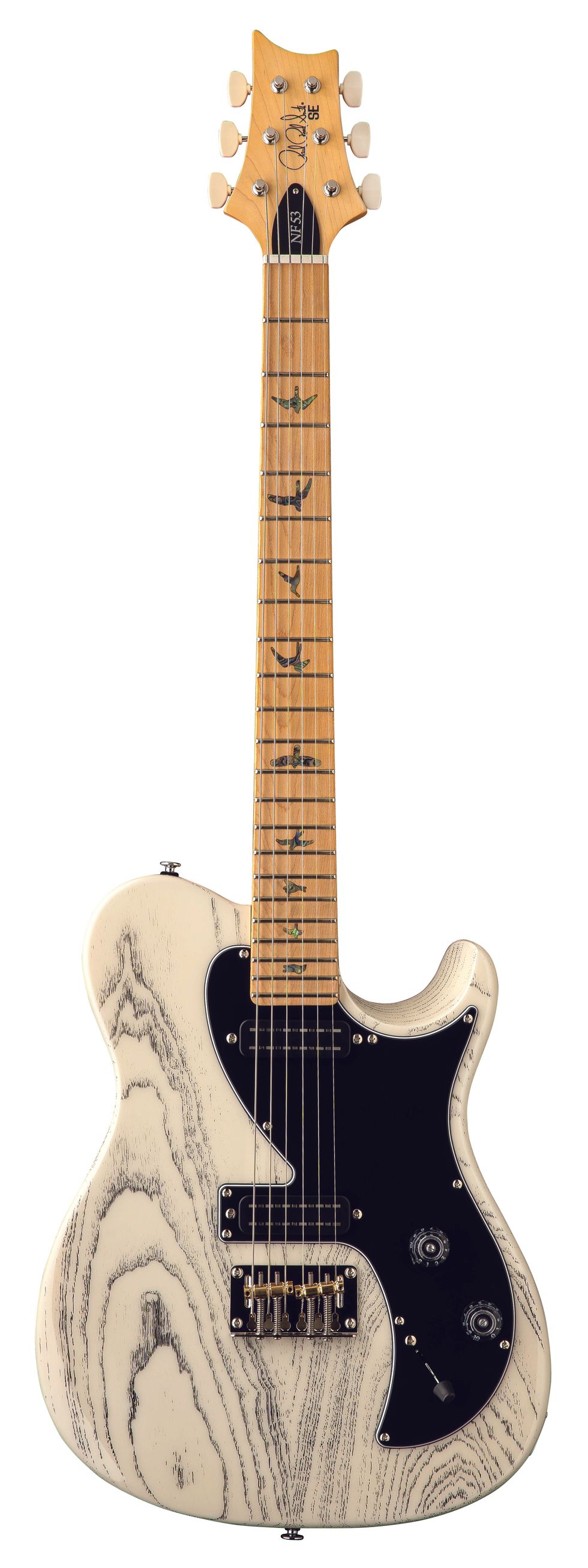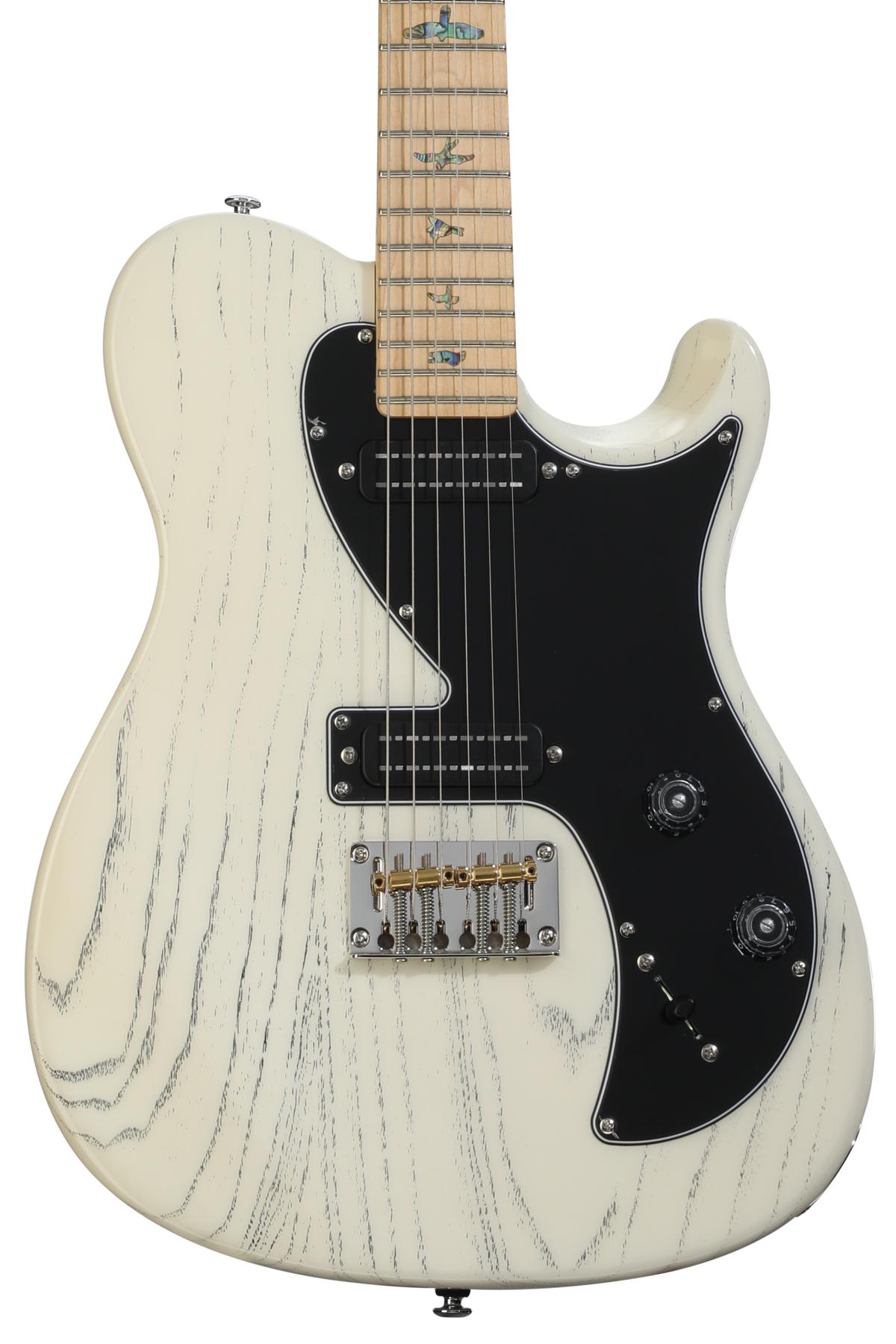| Imagine an amp that''s closer to pedal-size than a full-size amp, but is actually a genuine tube amp with tones ranging from meaty growls to sparkling clarity. Designed to be controlled like a preamp, it would allow you to plug into anything. Now throw in a head-turning, rugged design with LEDs and visible tubes -- you''ve got a portable tone monster that every guitarist in the room will be asking you about during the break. |
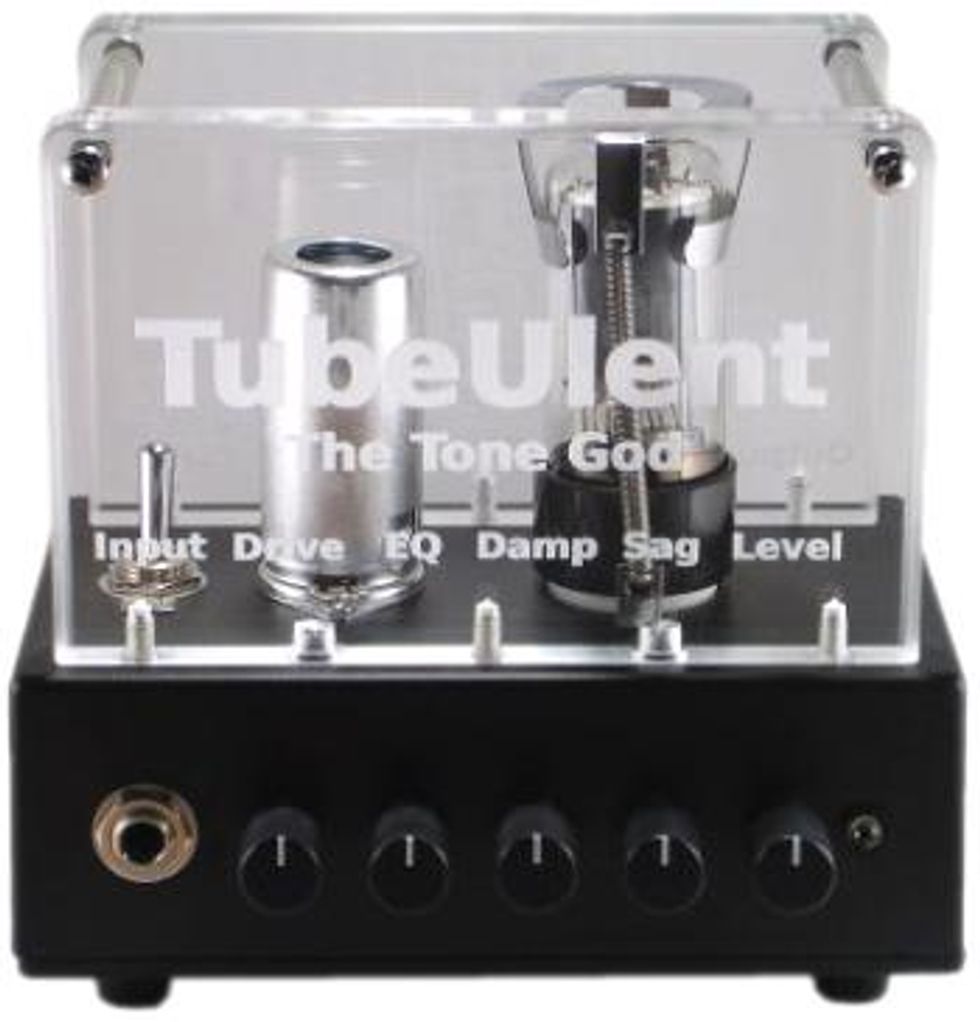
The TubeUlent preamp manufactured by The Tone God (TTG) came with a note from the manufacturer, Andrew, that closed with the salutation, “enjoy”. Enjoy is exactly what I have been doing for the past few weeks as I checked out this snazzy little unit and its capabilities.
The first exciting thing about this unit is, believe it or not, its appearance. It has a black cast metal housing that measures 5.7” wide by 3.6” deep by 1.9” tall. There are 5 nicely knurled metal knobs, a 1/4" input jack and a small pilot light on the front. There''s a 1/4” output jack and power supply input on the back and four 3/8” tall hard plastic feet on the bottom. The top of the unit is where things get interesting . There is an on/off toggle switch, a small nine-pin preamp tube socket, and a larger 8 pin power tube socket. There unit ships with a 12AX7 preamp tube and 6V6 power tube. There are 2 slabs of 1/2” thick clear acrylic measuring 5.1” long by 3.25 tall standing upright in front of and behind the tube section. These are secured by machine screws at their bases and braced by steel tubing spacers separating the two slabs at the top.
A really cool touch - LEDs are embedded in the base of each acrylic “window” that illuminate the lettering etched into the plastic. Besides providing the name of the unit and the manufacturer it also identifies each jack and knob, making set up and use of the unit very straight forward. The effect is startling. Think Ampeg B-15 Portaflex amp section with more attitude.
There are five knobs. The easily understood “drive,” “EQ,” and “level” knobs are similar to those found on almost all overdrive type effects units. The other two knobs, labeled “damp” and “sag” require some knowledge of tube amp theory to understand and there is a very good discussion of their function on the website; more details and theory may be found in Aspen Pittman’s classic book on tube amp design.
Basically, they both give the amp a “tighter” or “looser” feel. Their function is usually one ascribed to the power output section of a tube amp but in this case the sonic characteristics are generated in what would have to be described as a preamp unit. It is these functions (among other things) that separate this unit from the rest of the pack.
The TubeUlent appears to be a very well-built, robust unit. I was unable to access the inside of the unit due to the fact that the bottom access panel is glued to the rest of the enclosure. There is a strict warning about not trying to open the unit because of “lethal voltages” inside. That seems a little unusual because the unit is powered by a separate power supply generating 15 volts, a la your laptop computer. However, anytime you''re converting low adapter voltage to higher tube voltage, being overly cautious isn''t a bad idea.
While some may consider an external power supply a liability, I personally found it to be a major asset, especially in the recording studio, where it was able to keep background noise to a bare minimum in the face of high gain levels. Using a cable with a unipoint ground shield also helps combat noise.
Another of the unusual features of this unit is the use of a power output tube (6V6) as a secondary gain stage. We tend to think of preamp tubes as small, warm, low voltage devices and power tubes as somewhat larger, high voltage devices that get hot. If we think not of tubes but of “valves” as the British call them, we are more likely to realize they are multipotent devices consisting of filaments, plates, and grids that can be used in many ways. Although I had no access to the circuitry, the fact that the 6V6 remains merely warm to the touch suggests that it is being used in a non-standard way to provide output signal voltage.
The Tone God confirmed my suspicion. Here''s his response: "The tubes do run cooler because the filaments are run at 6 volts instead of 6.3, still well within the voltage range to cause conduction in the cathode. This is done to generate less heat, a major enemy of electronics, and extends the life of the tube''s filament drastically and thus the life of the tube. All the tubes are running at high voltage."
A couple of other cool features are a pilot light that flashes at startup to indicate status of the circuits and a tube retainer floating above the 6V6 that doesn’t actually touch it but sort of provides a halo over this little tone god’s head.
I started testing by listening to the unit with headphones. On its highest output setting it has enough signal to power relatively efficient headphones such as the ever-popular Sony MDR-7506s. This also showed me that the output level pot has an unusual taper in which the last 20-30 degrees of clockwise travel contained the greatest amount of added gain; ie. a reverse audio taper.
The unit was very smooth with the seductive sound (at least to us old tube guys) of sweet harmonic distortion. The gain control did its job with authority, taking the sonic journey from clean to moderately high gain overdrive with the same basic tonality. The EQ control provided high freq cut while preserving mids and lows. The “damp” control worked seamlessly to provide a tighter (Fender SF, Hiwatt) sound to a looser “tweed” or Valco feel. The “sag” knob did basically the same thing, but with less authority as the damp control but also added a slight volume prefade at the initiation of each note; a passable facsimile of true power supply/rectifier sag.
Next, I picked a couple of my amps that had effects loops and plugged the TubeUlent into the return jack. To put it succinctly, it sounded awesome with both humbuckers and single coils. One mild concern was that on full gain settings the humbuckers lost a bit of bite even on full “treble” and yielded a beautiful “woman tone” gain. The single coils had enough inherent highs for this not to be a concern. The Boogie studio 22 has a graphic equalizer on the output section so I was able to coax as much bite, or picking attack as anyone might want out of it. The Fender Hot Rod Deluxe has a presence control on the output amp that also ramped up the highs.
The next step was to plug directly in to a Yamaha powered PA line input. I was more than pleased at the tube tone emanating from the solid state amp into a Carvin PA speaker. The effects and EQ did a good imitation of a good tube amp unless one added too many highs, at which point the solid state sound poked though. One could easily gig without an amp by using this setup as long as there are individual monitor feeds for each player.
The obvious question then popped into my head. How will this preamp sound if we use it just as a distortion/gain effect in front of a guitar amp’s input? Here''s my answer: transparently beautiful on every amp I used including: A Clark Beaufort 2x10, an Ampeg mid 60s Reverberocket, the previously mentioned Fender HR Deluxe and Boogie, and my Old Flame from Allen Amps. I added some effect boxes both pre and post and the TubeUlent handled it all.
I then waltzed my little darlin’ into my project studio and recorded it both straight and with all manner of effects, both floor boxes and plug-ins. It really sounded sweet through the Avalon 737 with a bit of compression and EQ.
Lastly, but not leastly, I fired up the TubeUlent with some other preamp tubes, a 12AT7 and a 12AU7. The 12AX7 has an amplification factor of 100; the 12AT7 has one of 70; and the 12AU7 has a factor of 40. As expected, the AT7 affected the final amount of overdrive available, but also seemed to decrease the highs a slight bit. The AU7 decreased the amount of available gain significantly and also decreased highs. As the amount of overdrive decreases, the increment of adjustment increases, making it easier to fine tune the gain especially on high signal level input devices such as harp mics.
Our harp player tried the unit out and was very excited about it and believe me, he is very fussy about his tone.
As you can tell, I really like this unit. One nit-picky concern for me is the unit''s hard plastic feet. When it comes to keeping things from sliding around I have better luck with rubber feet. On the other side of the coin - the unit''s hard plastic feet will no doubt last longer. They even have molded-in metal washers to keep them from getting torn off. The feet are also high enough to clear the rubber handles of many common amps but low enough to rest against the rubber handle mounts. Other thoughts - I think the unit looks so cool I could envision the company devising a way to mount it on a stand to bring it into view before its adoring public. Also, being such a versatile tool for tone hounds, I wouldn''t mind having more than one EQ control.
Overall, the TubeUlent is a great sounding amp that will open you up to new possibilities with your sound and your rig. I hesitate to call this the “Swiss Army Knife” of input devices, especially since it is made in Canada, but the temptation is there.
Buy if...
you are a guitar or harp player that likes to experiment with tone: especially if you are in to recording.
Skip if...
your solid state amp sounds "just fine."
Rating...
